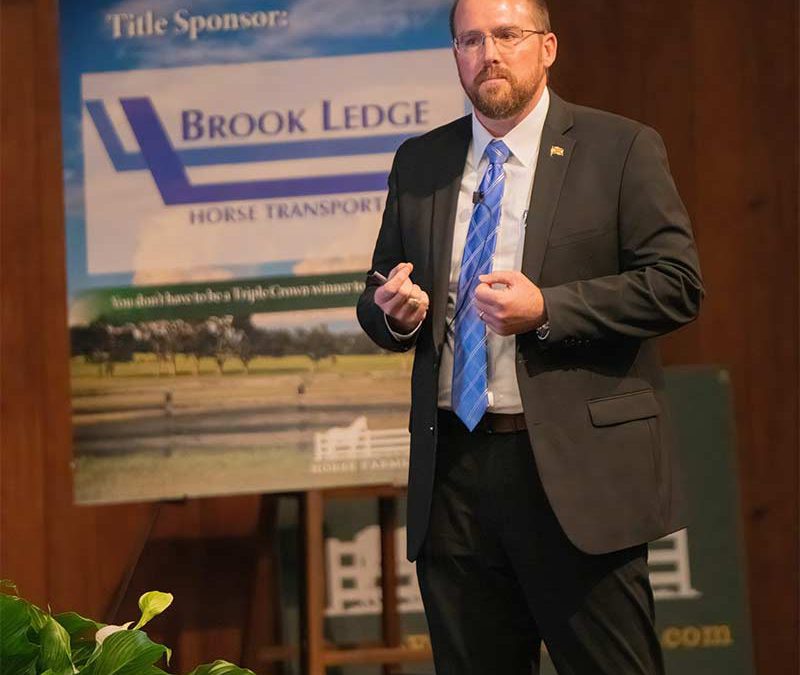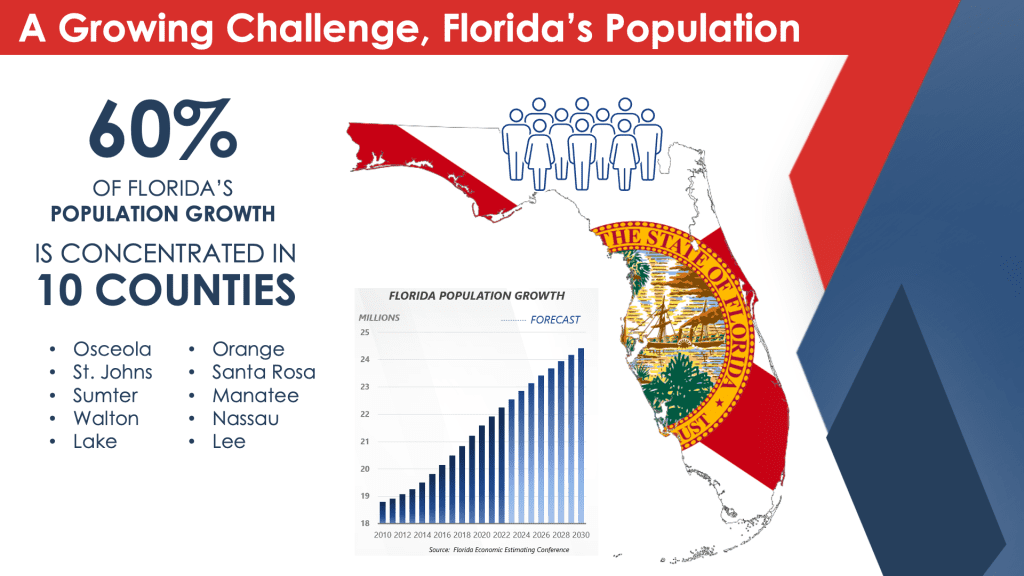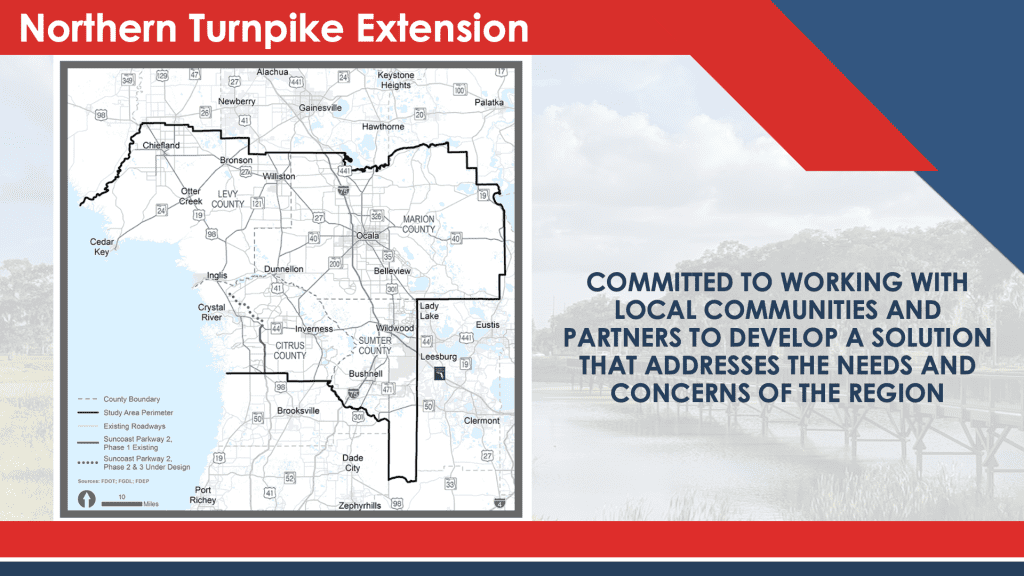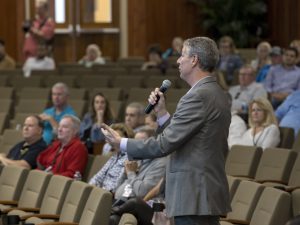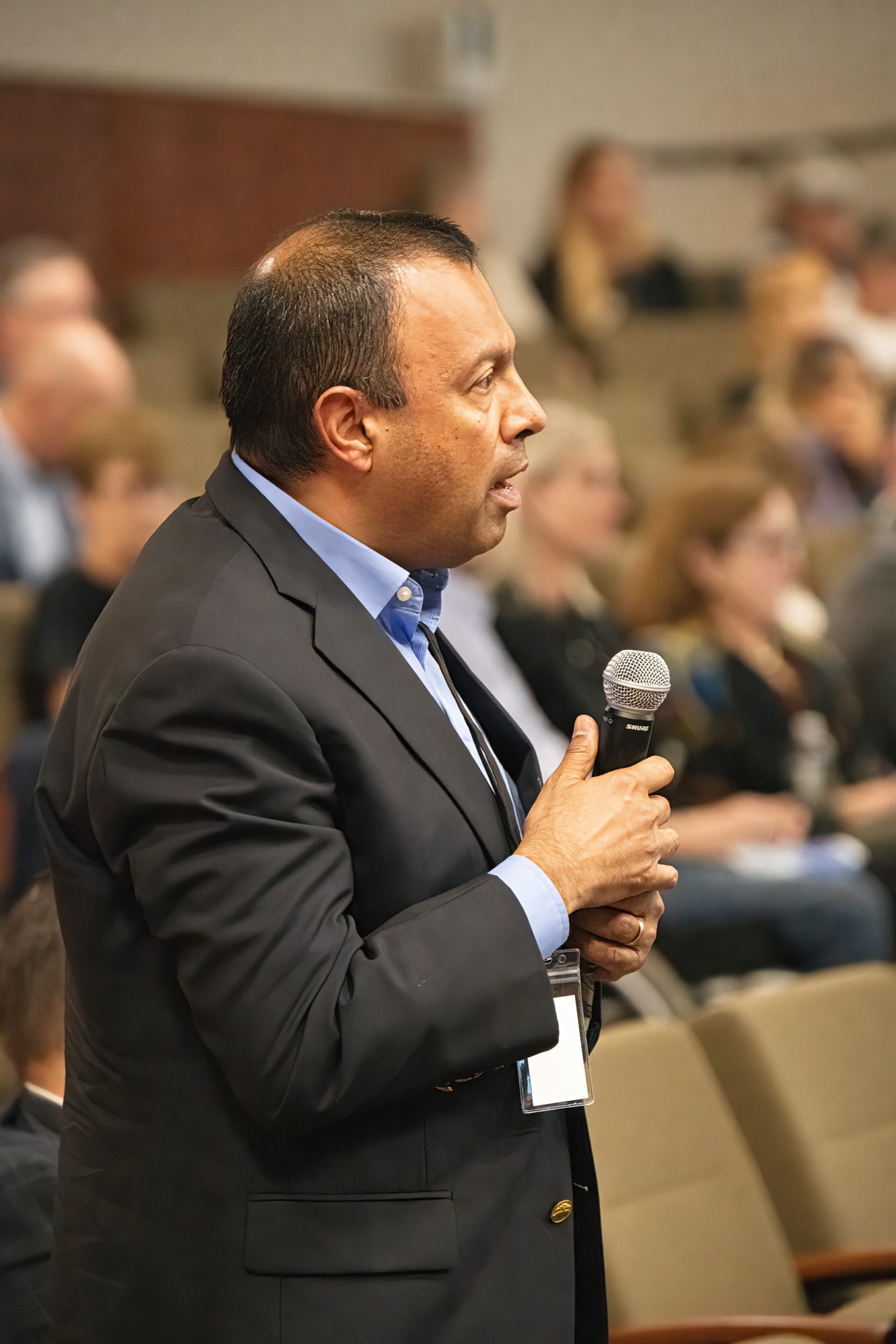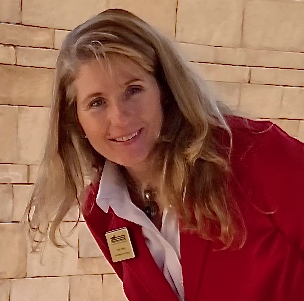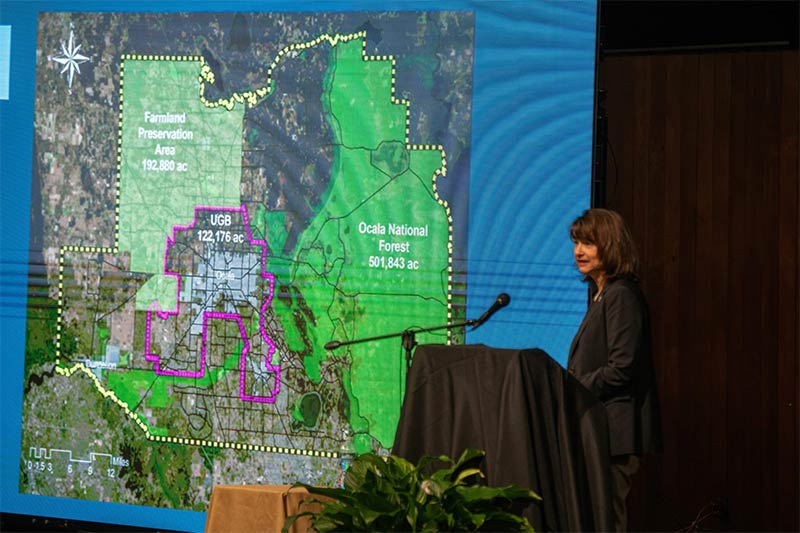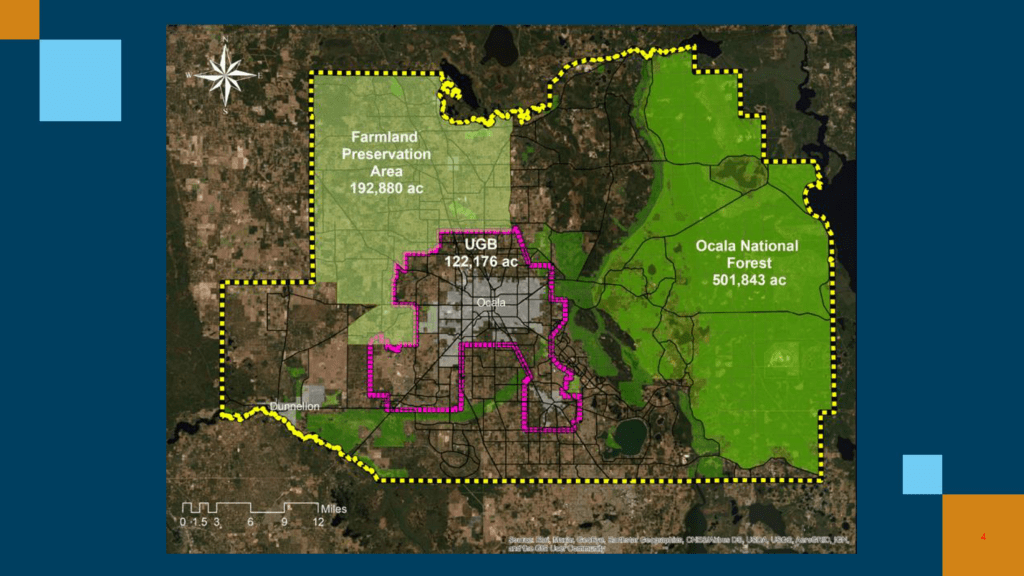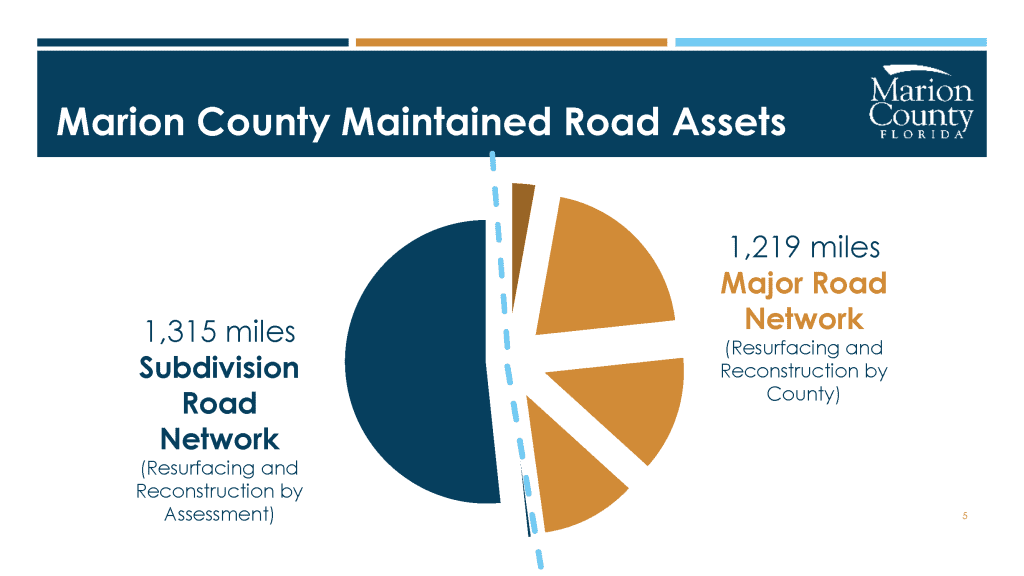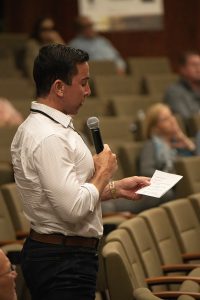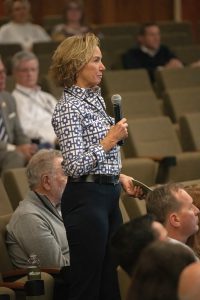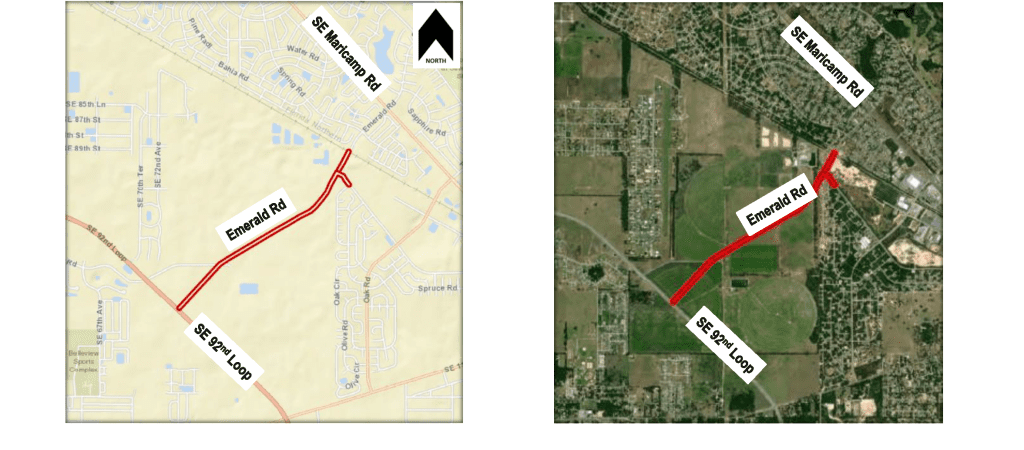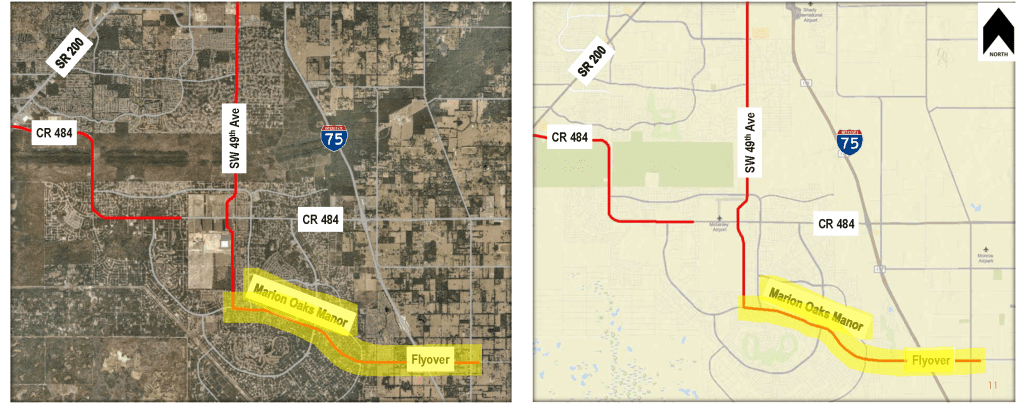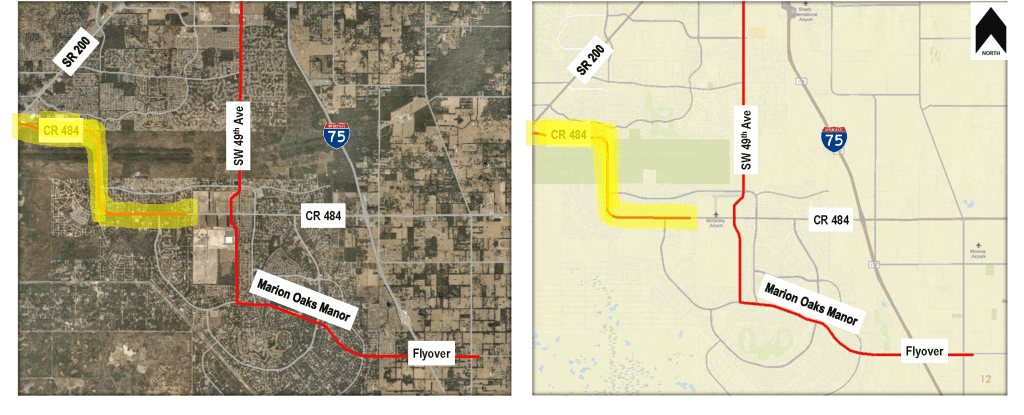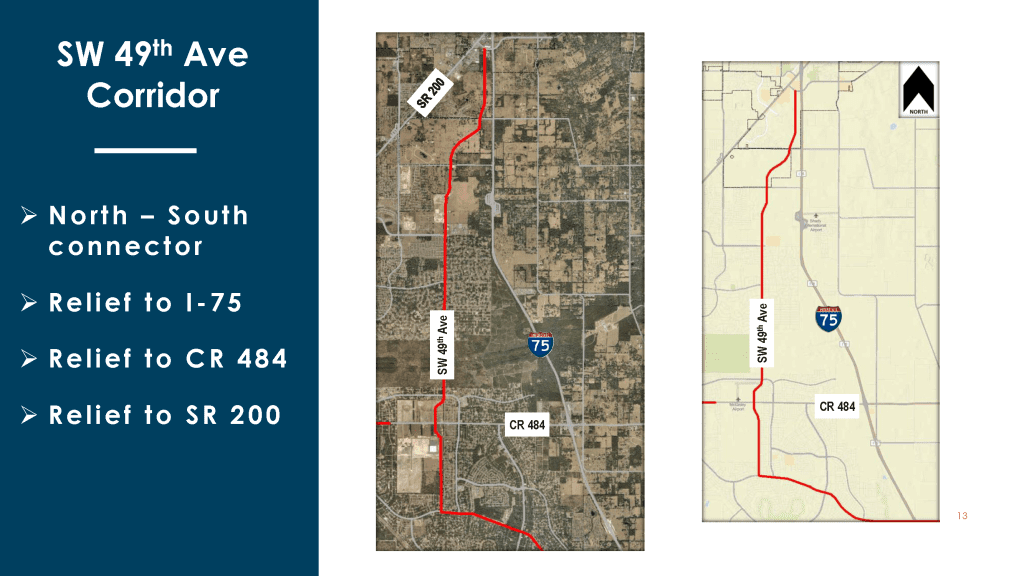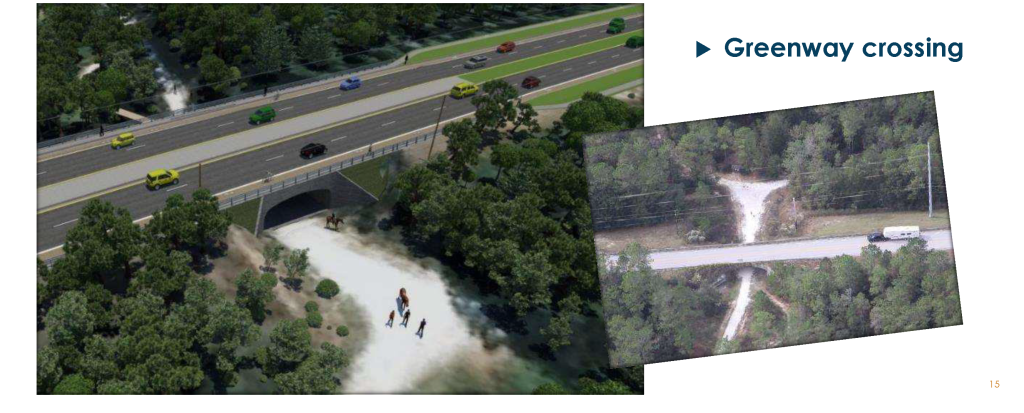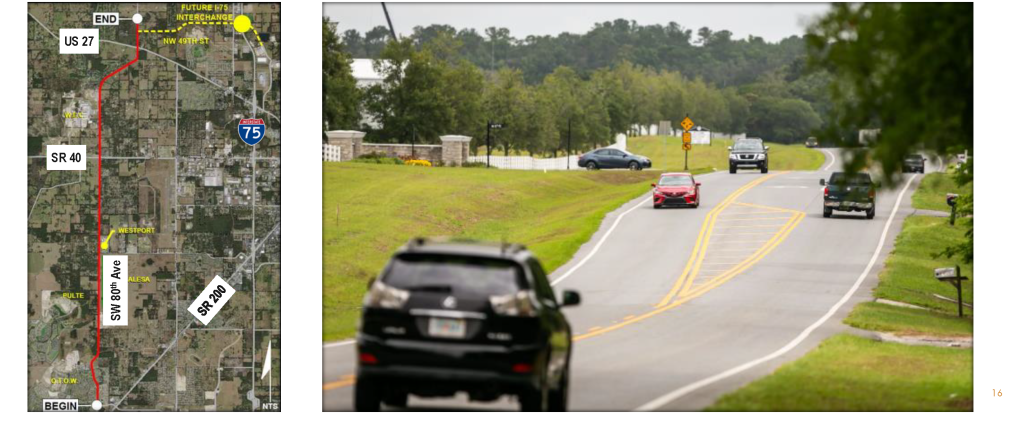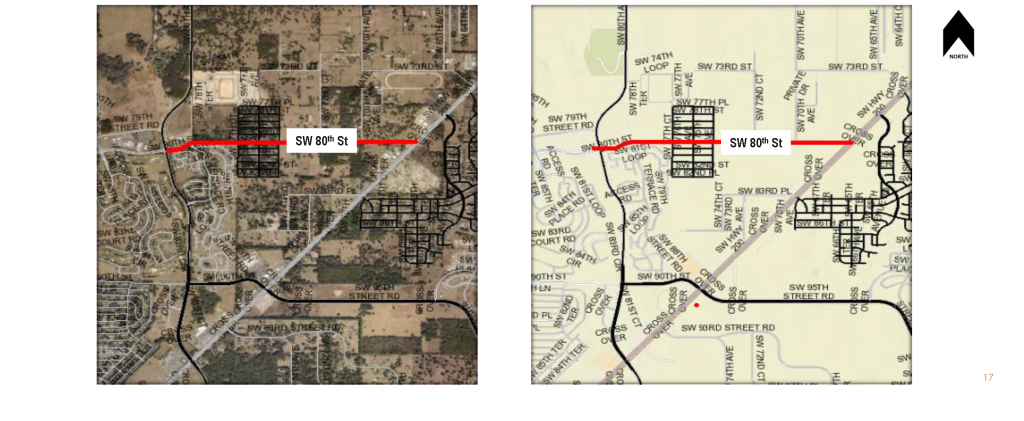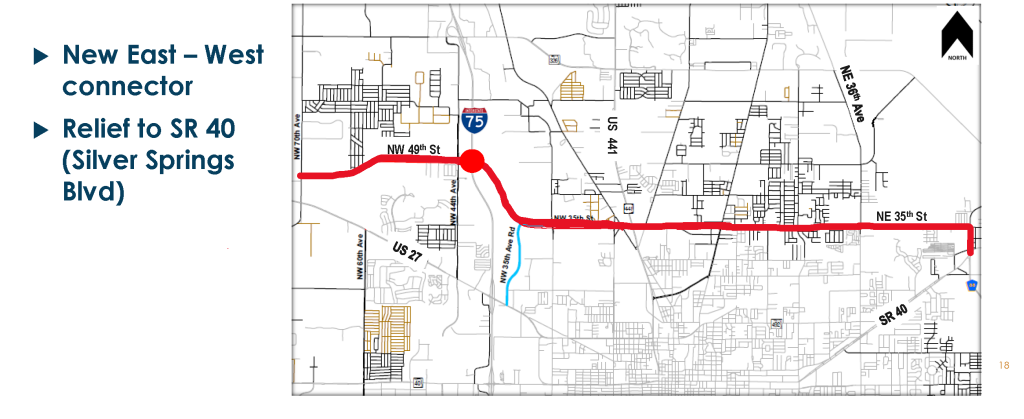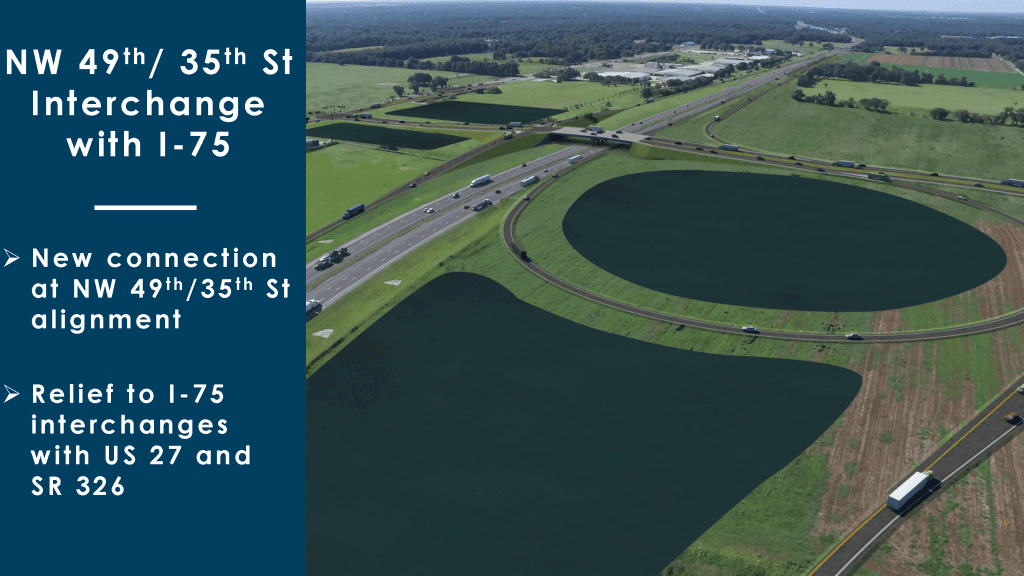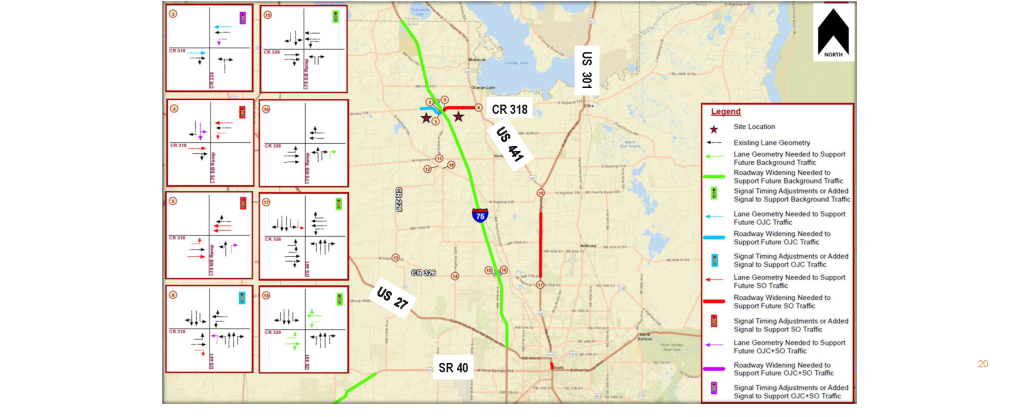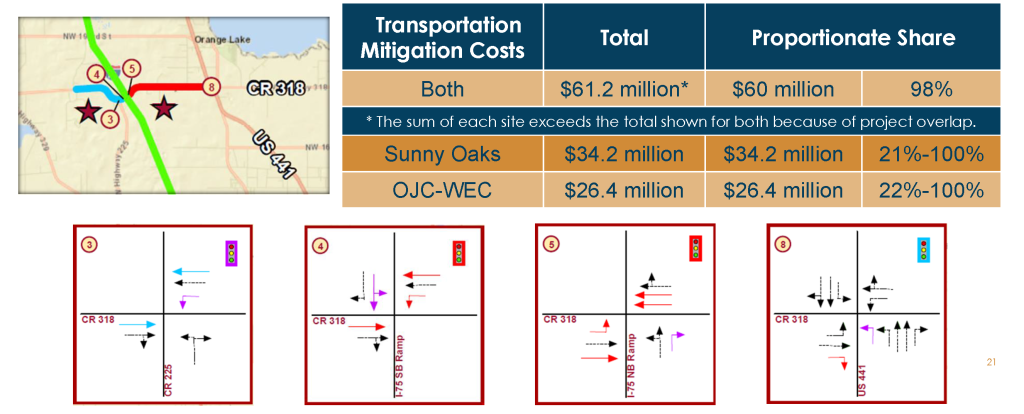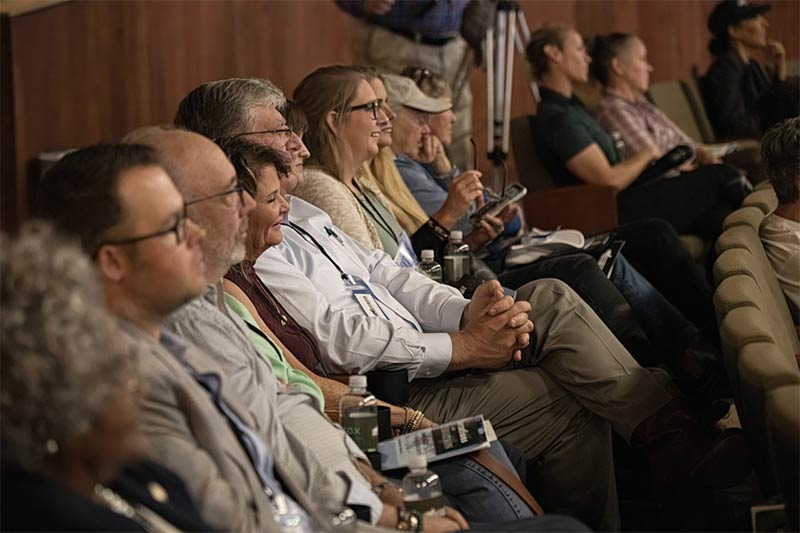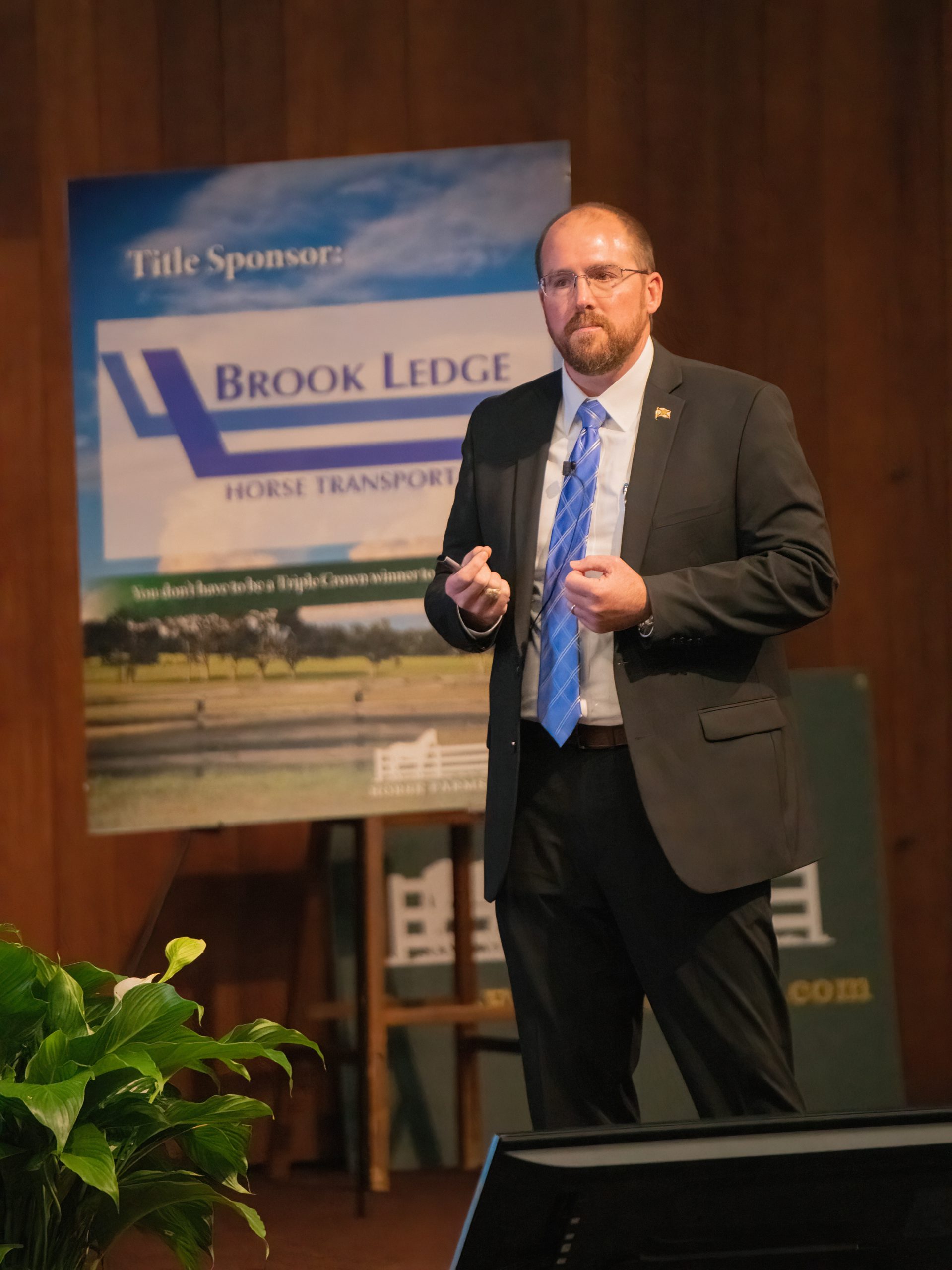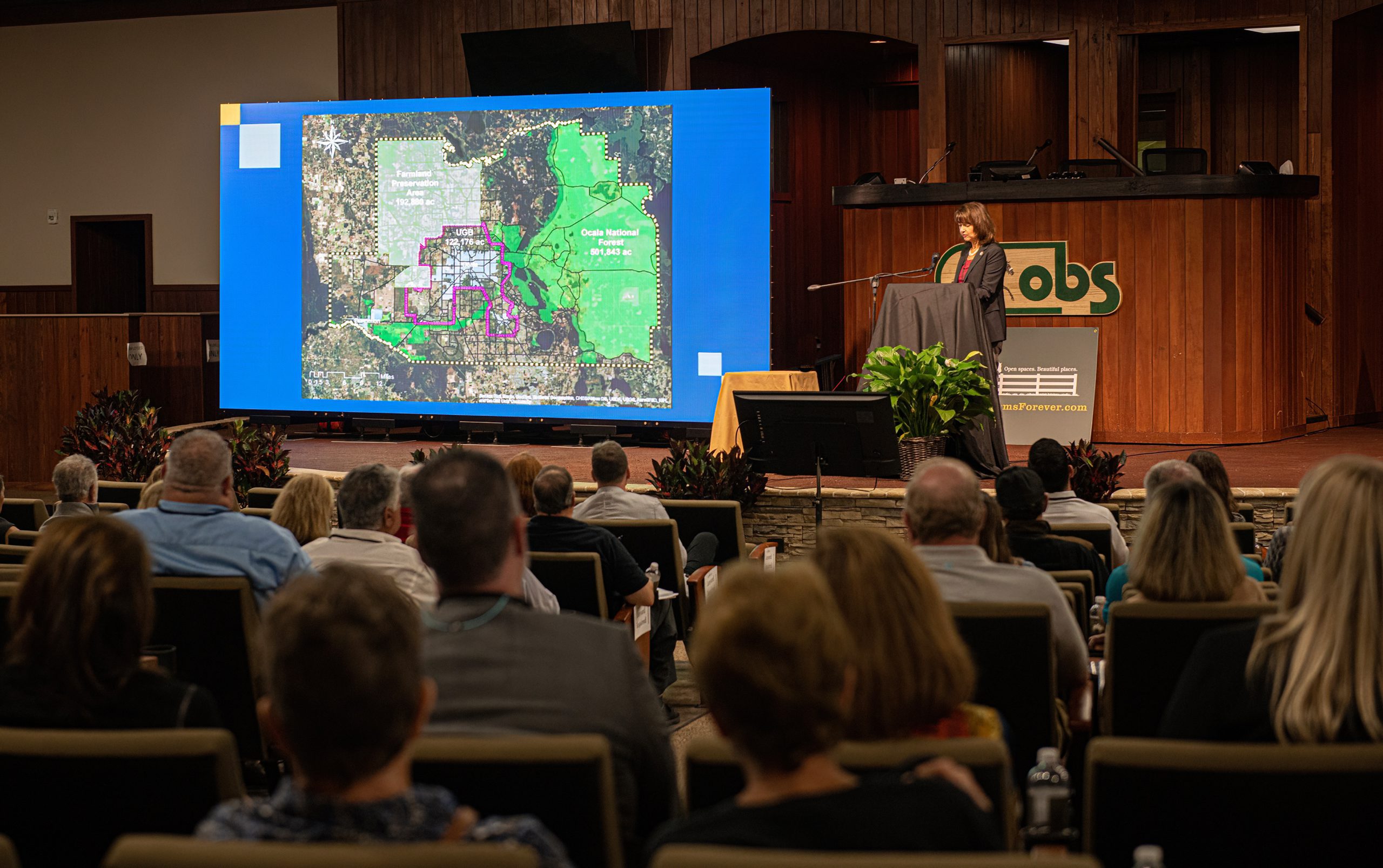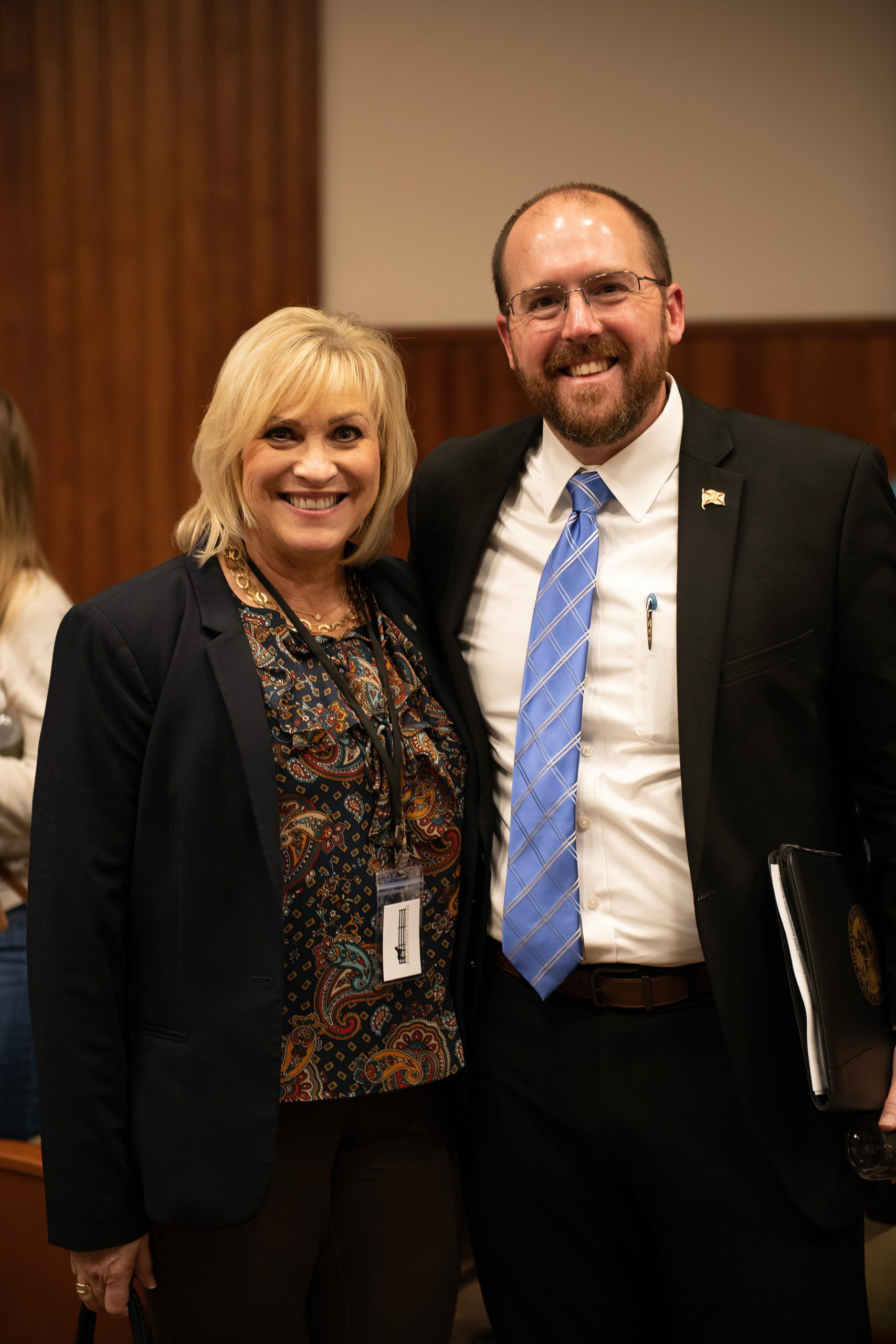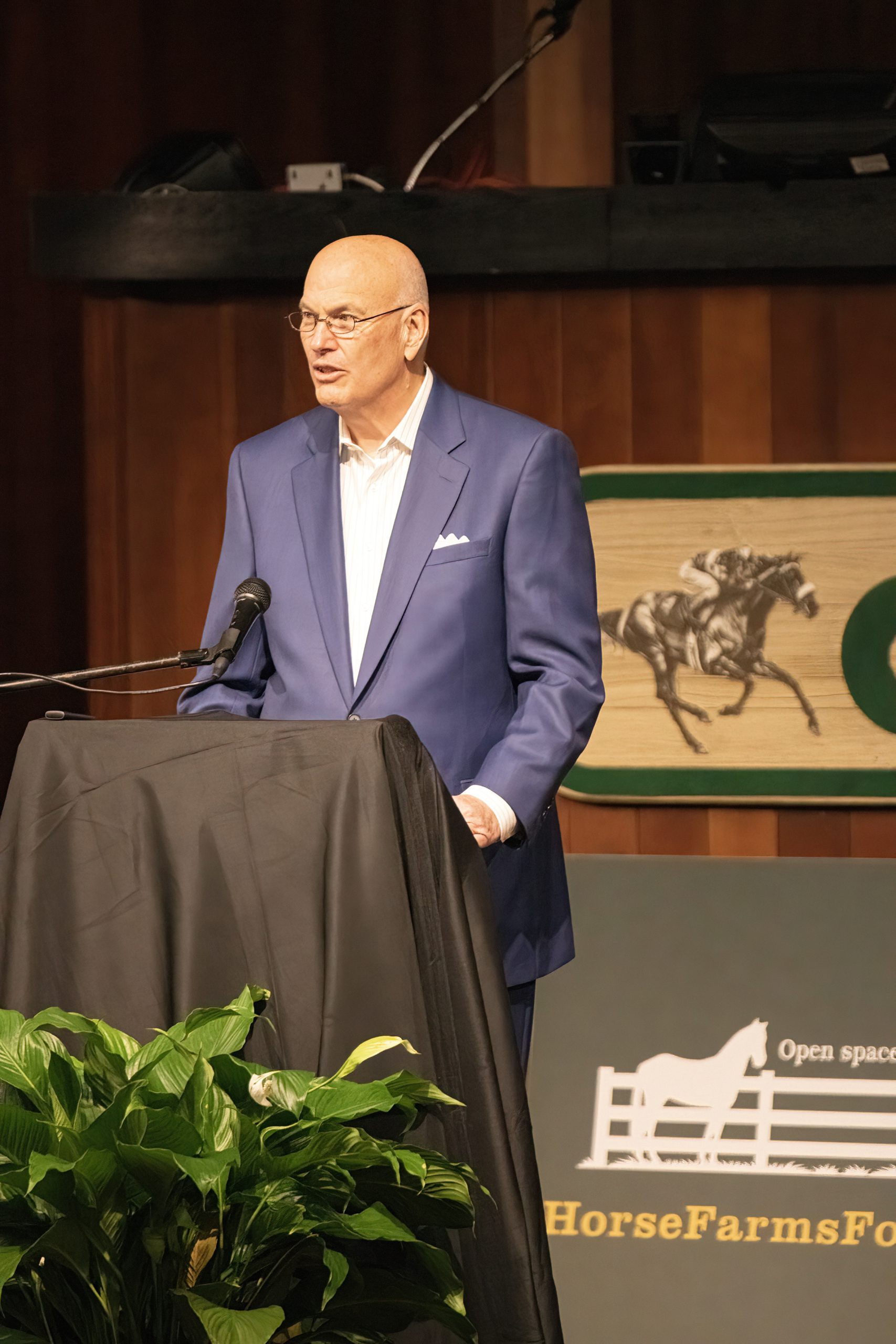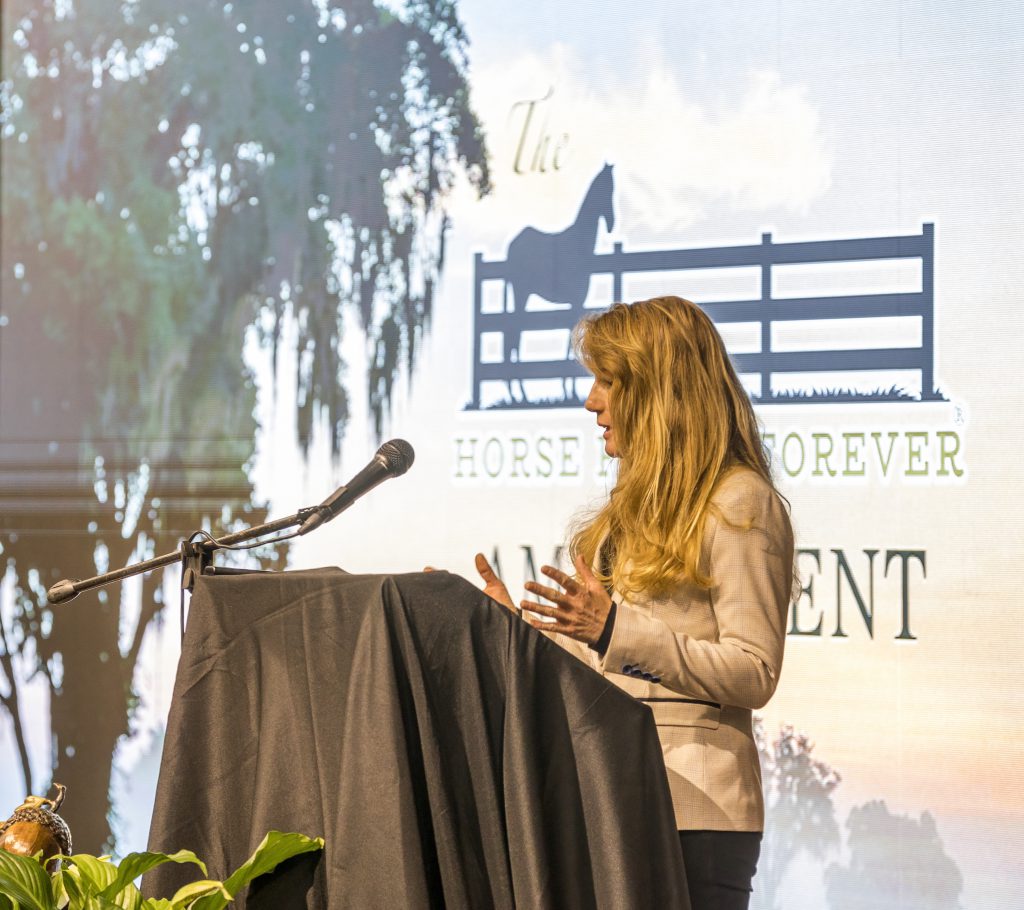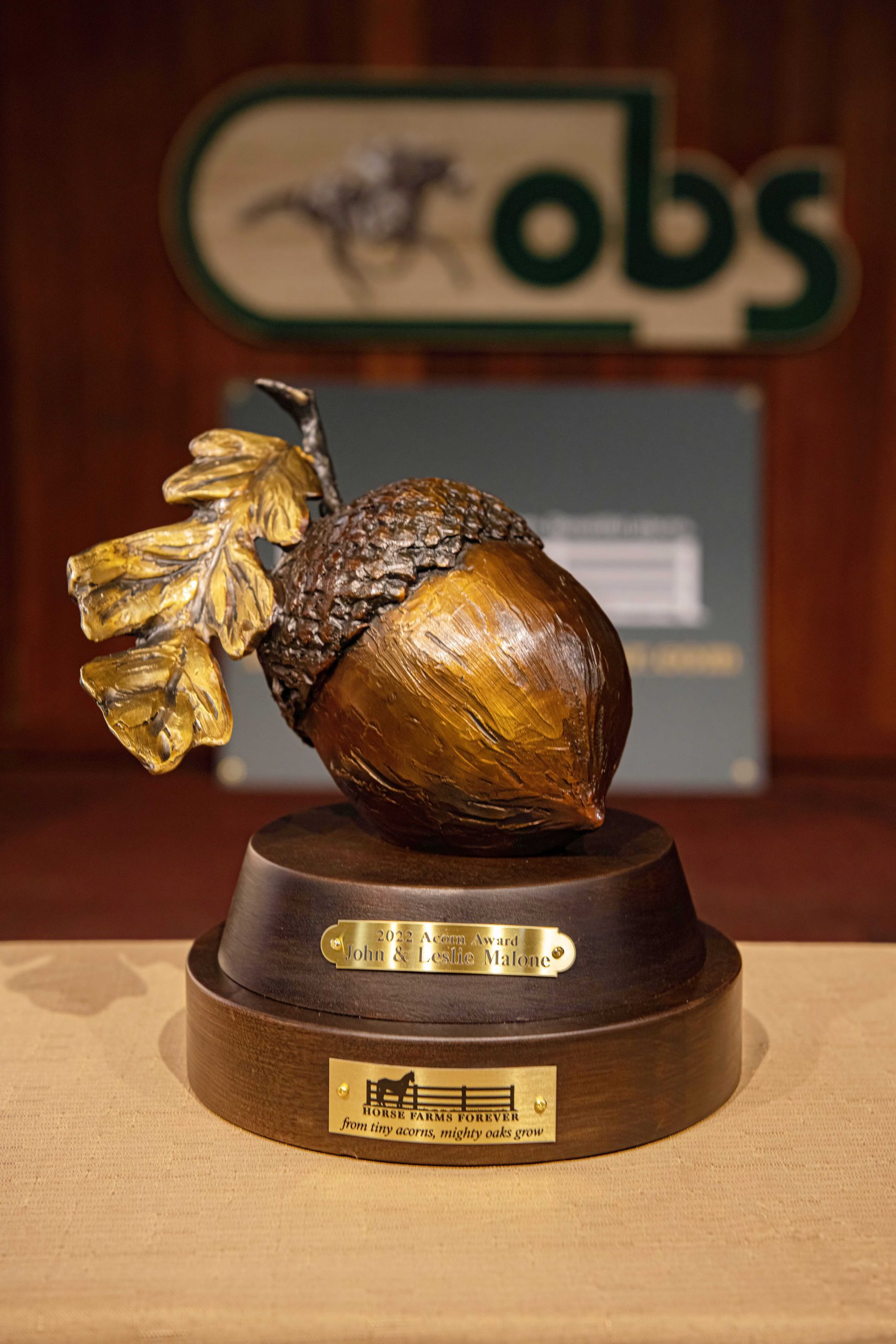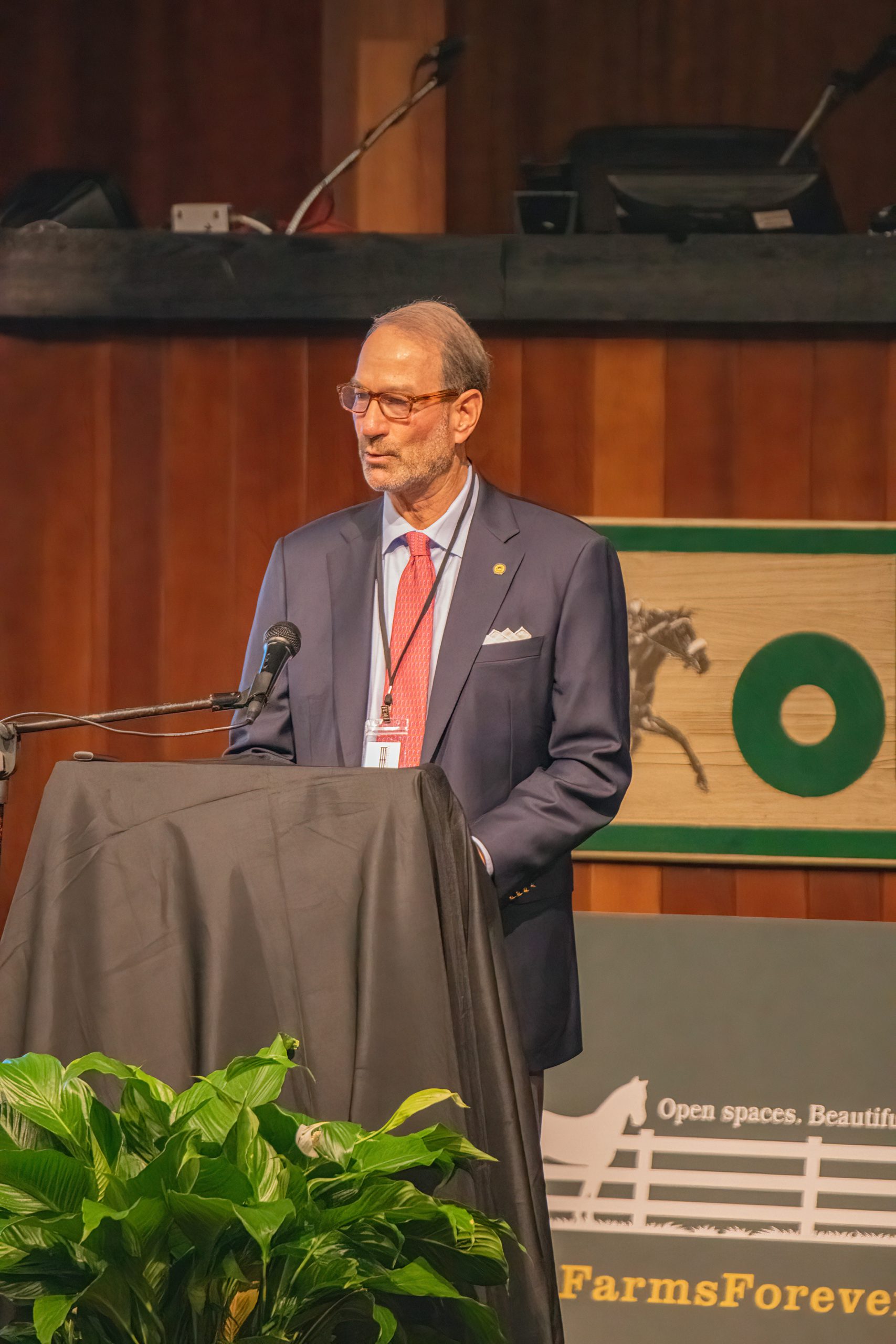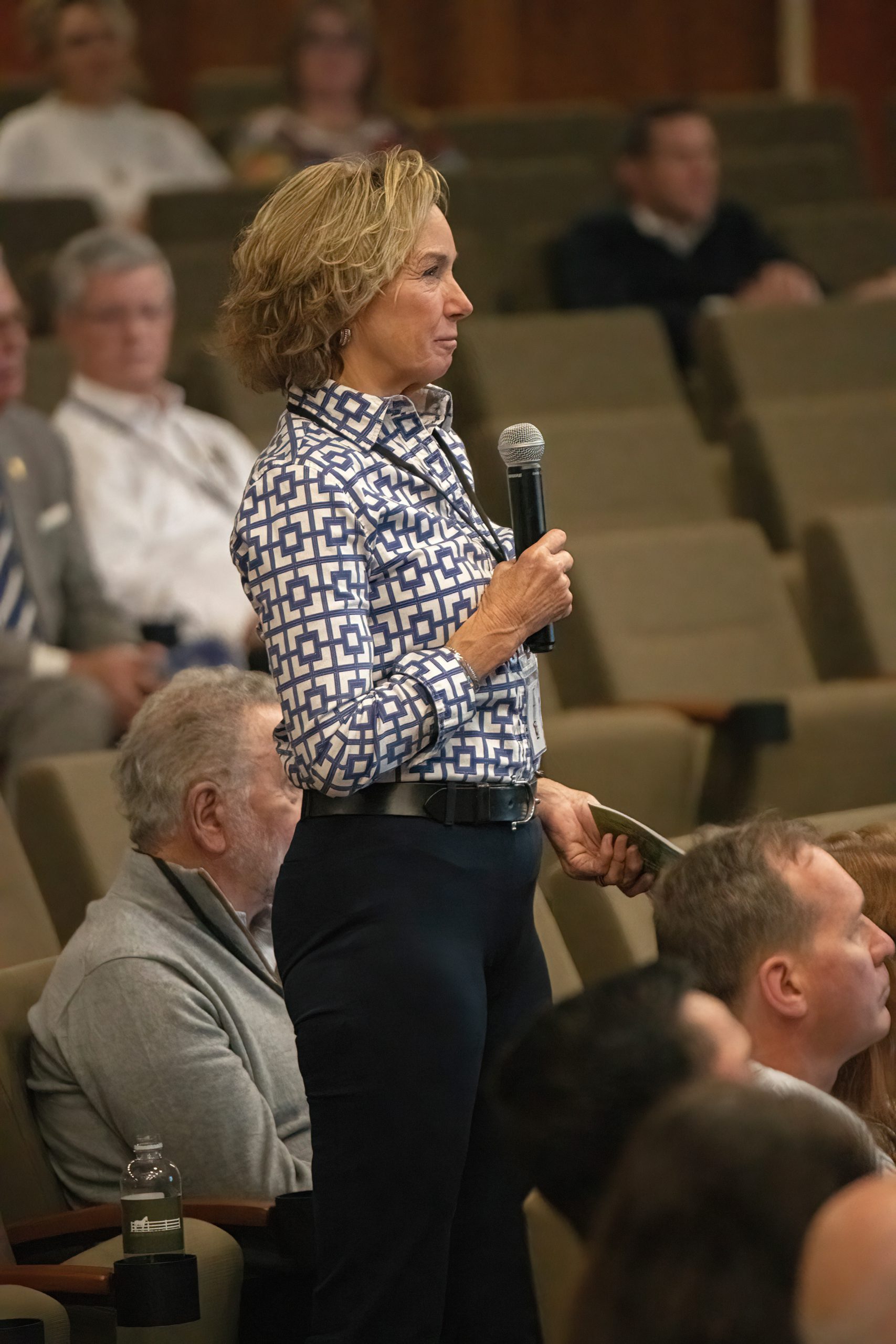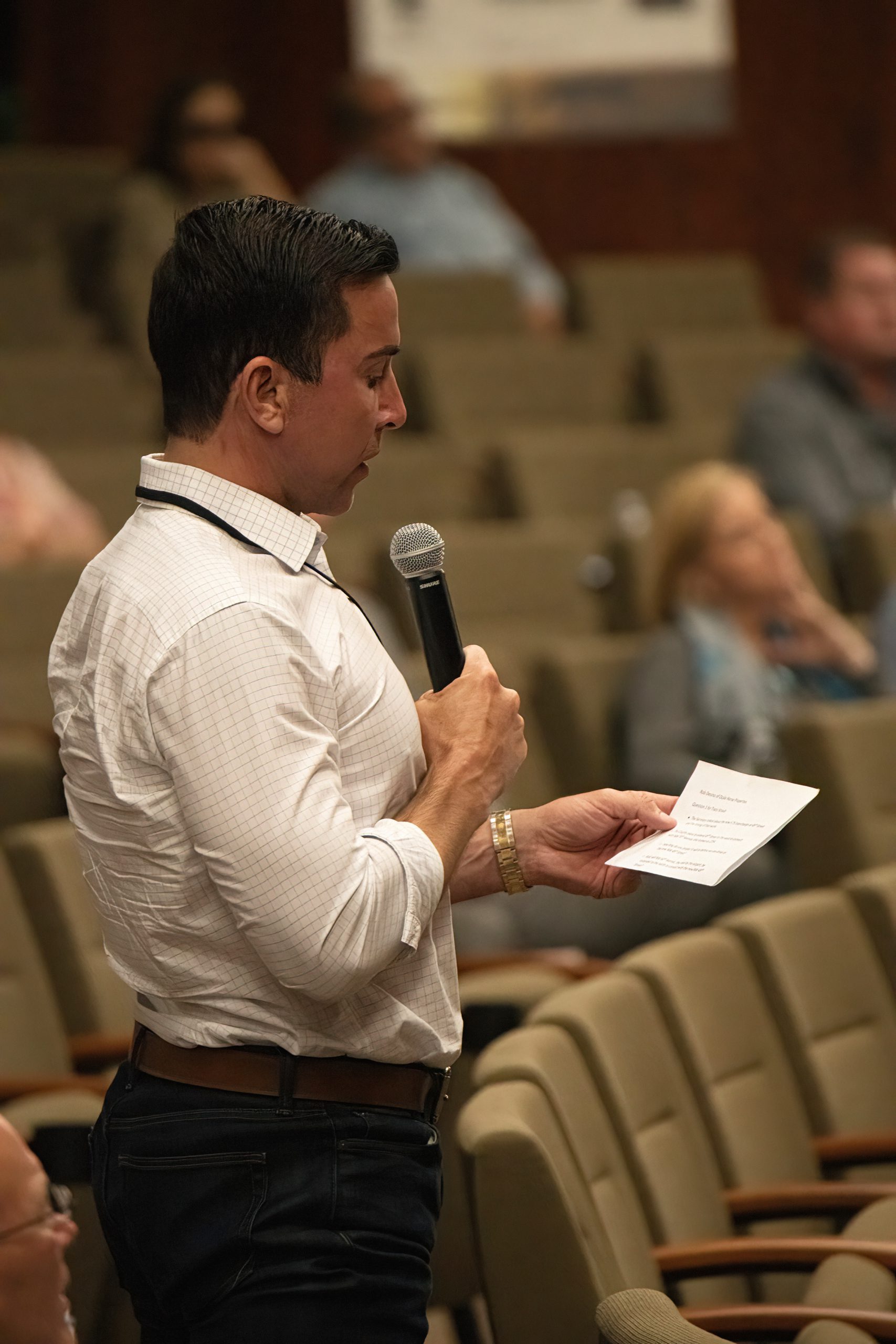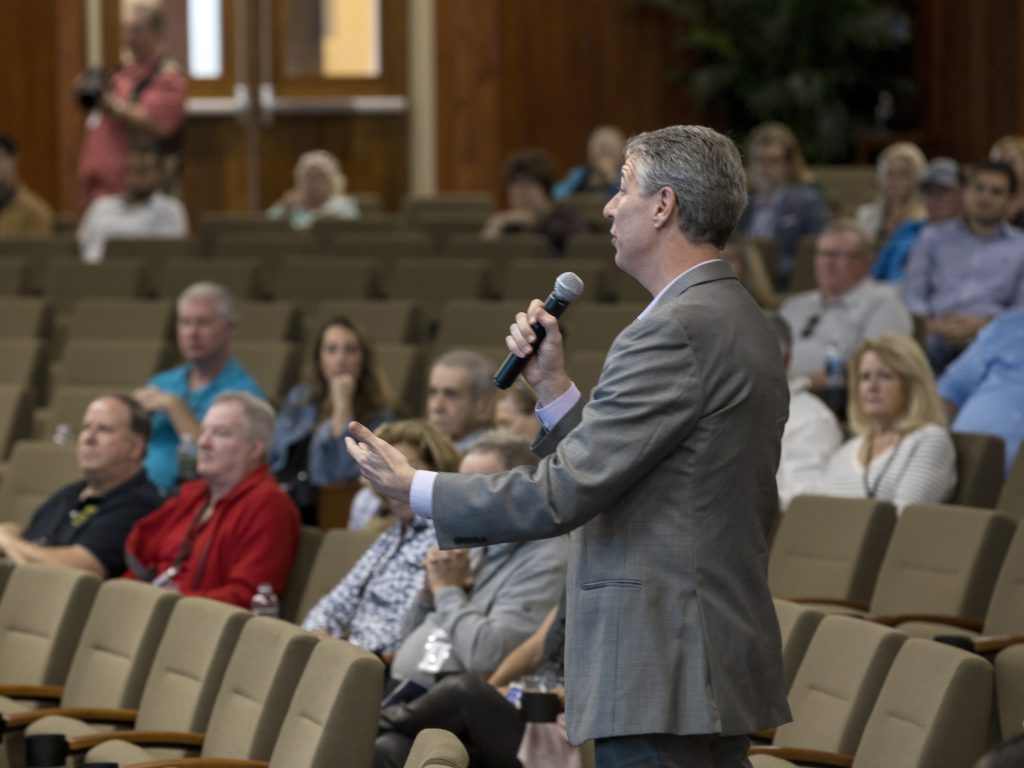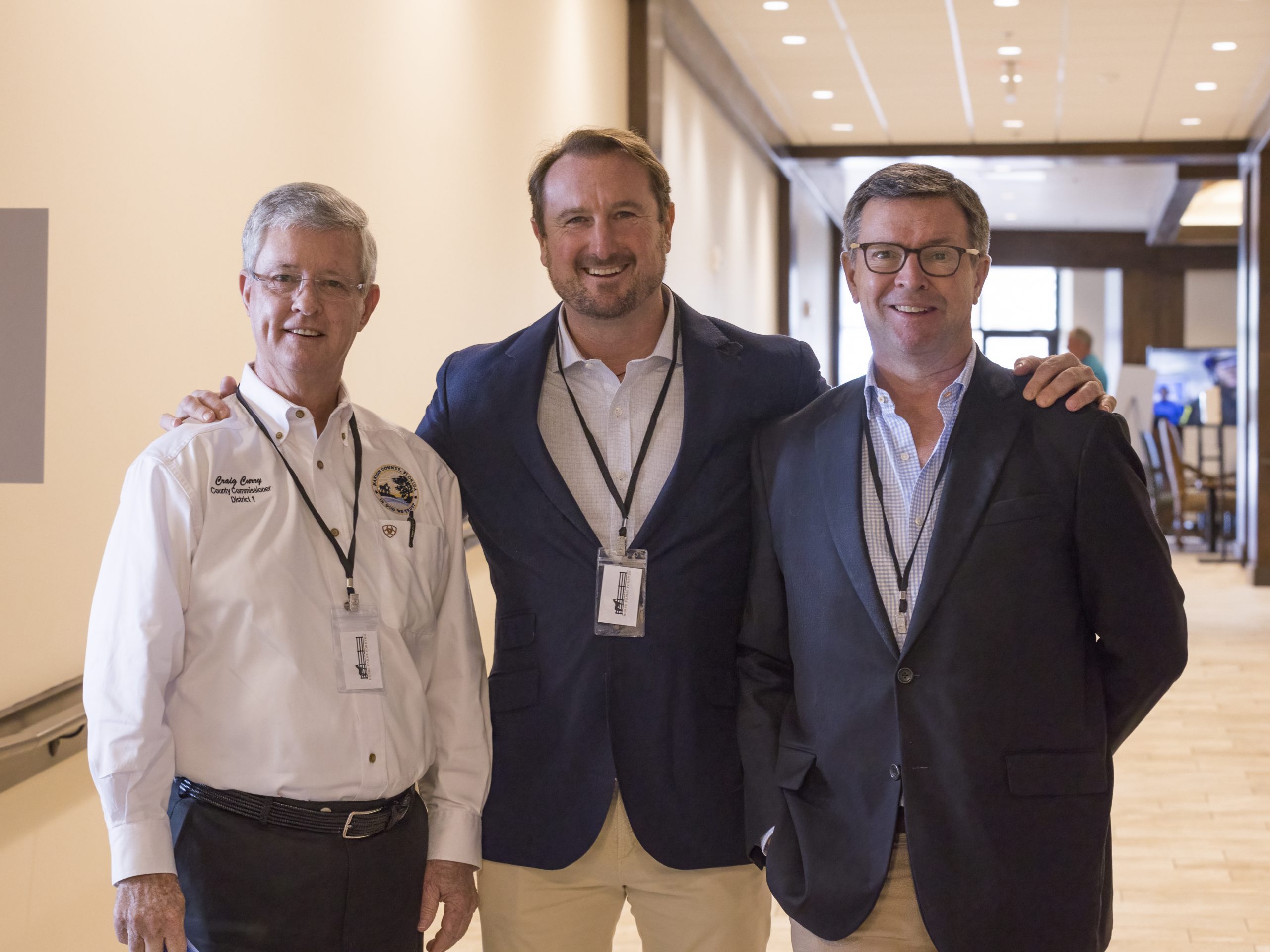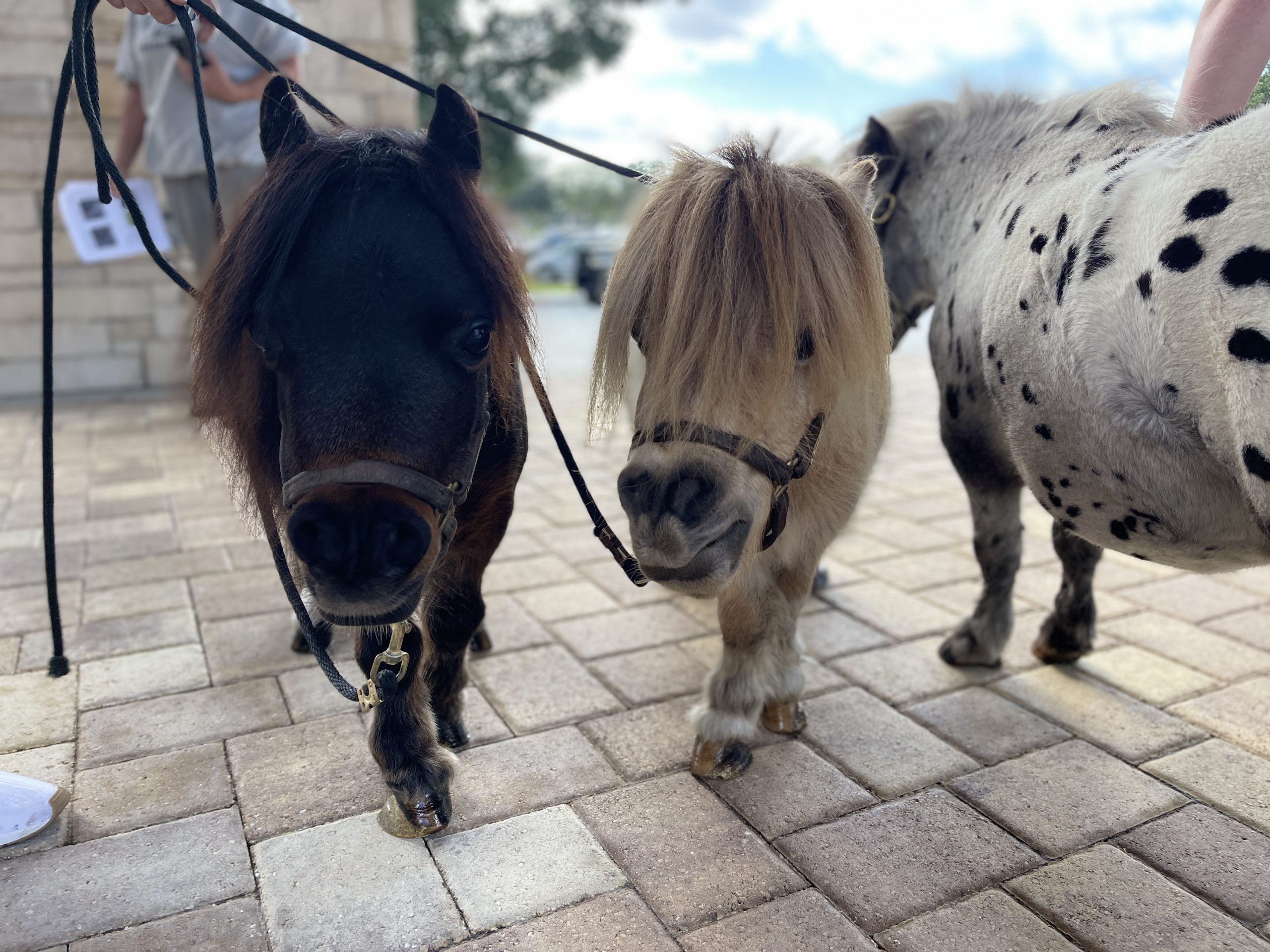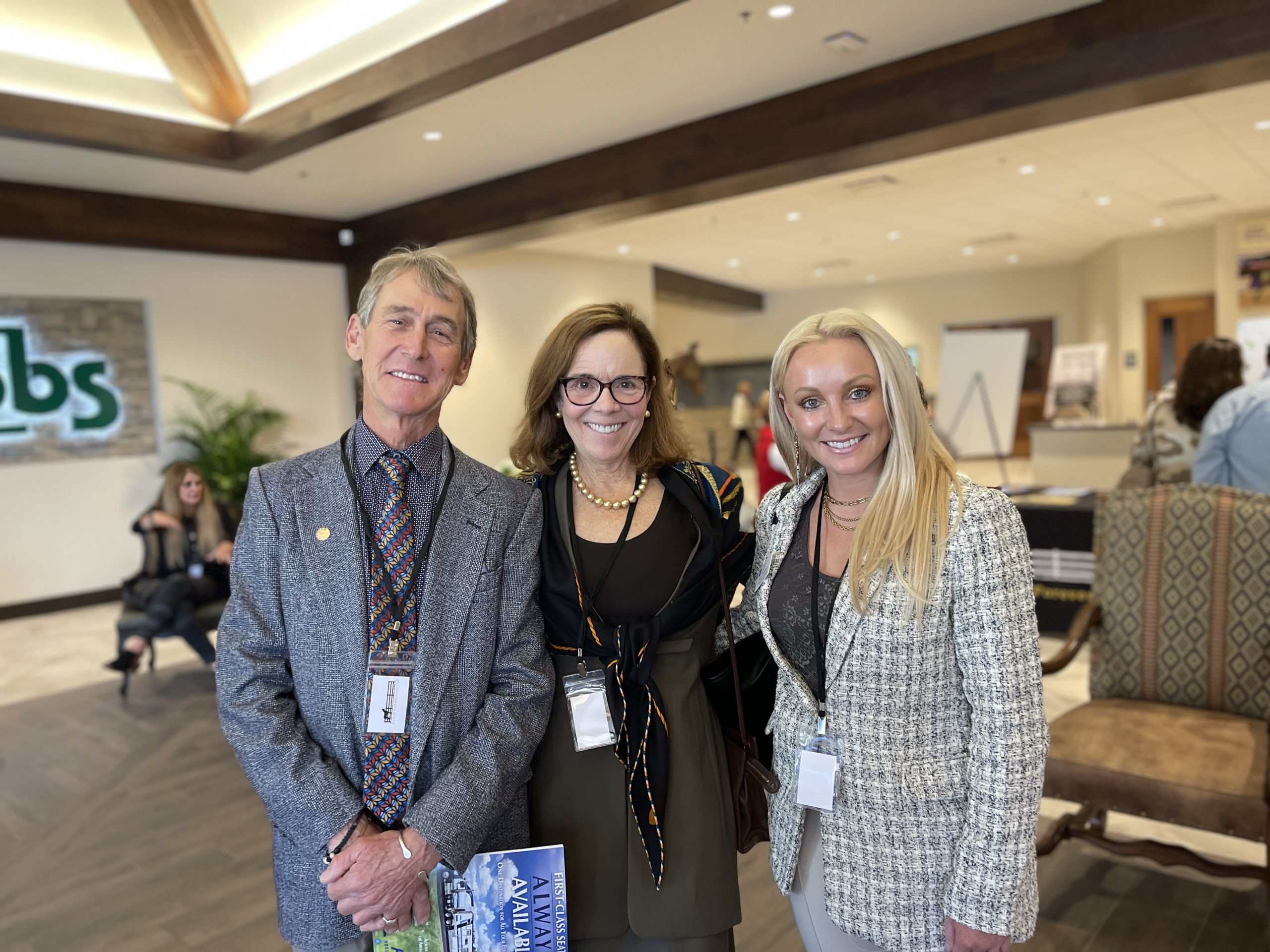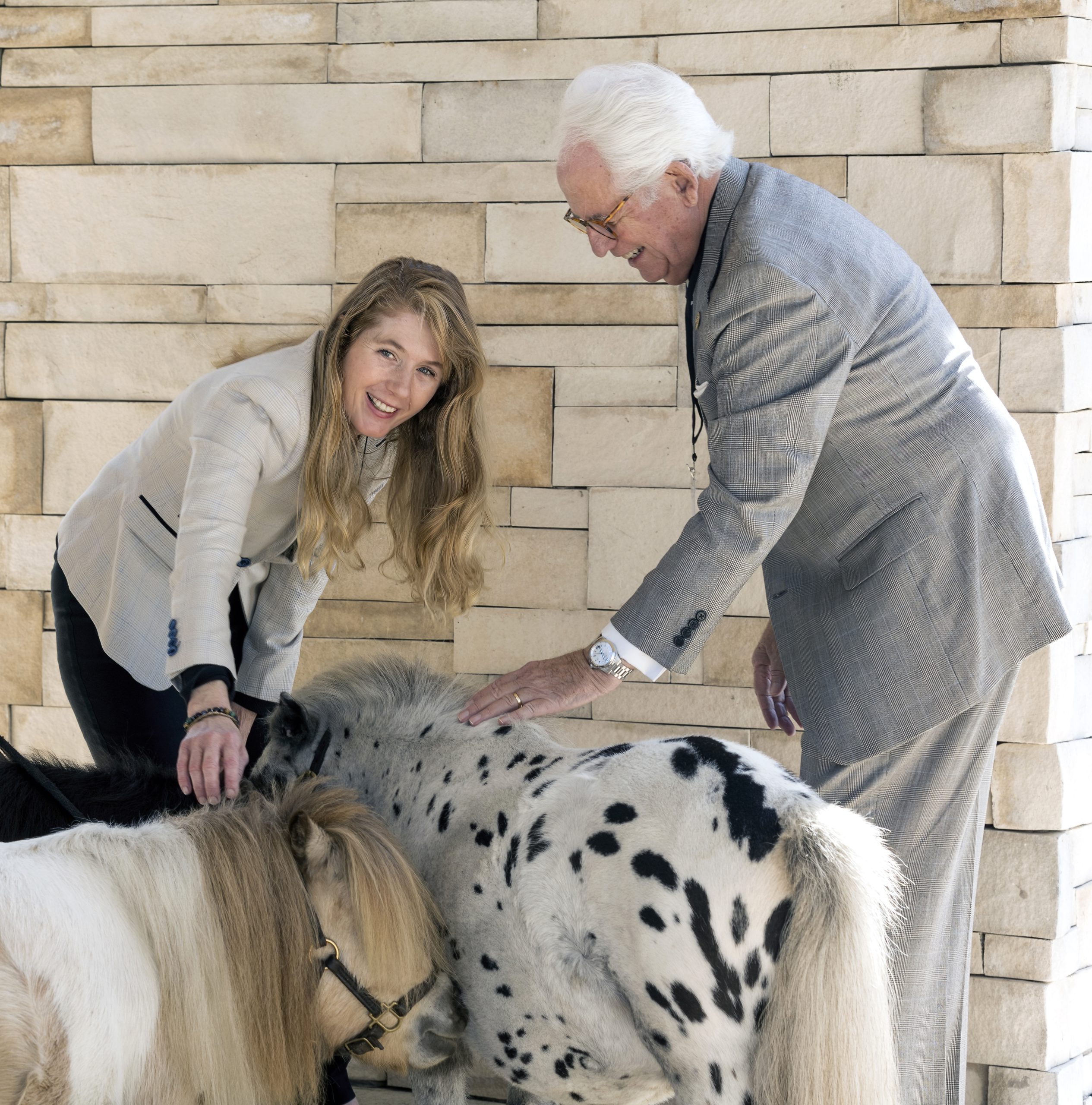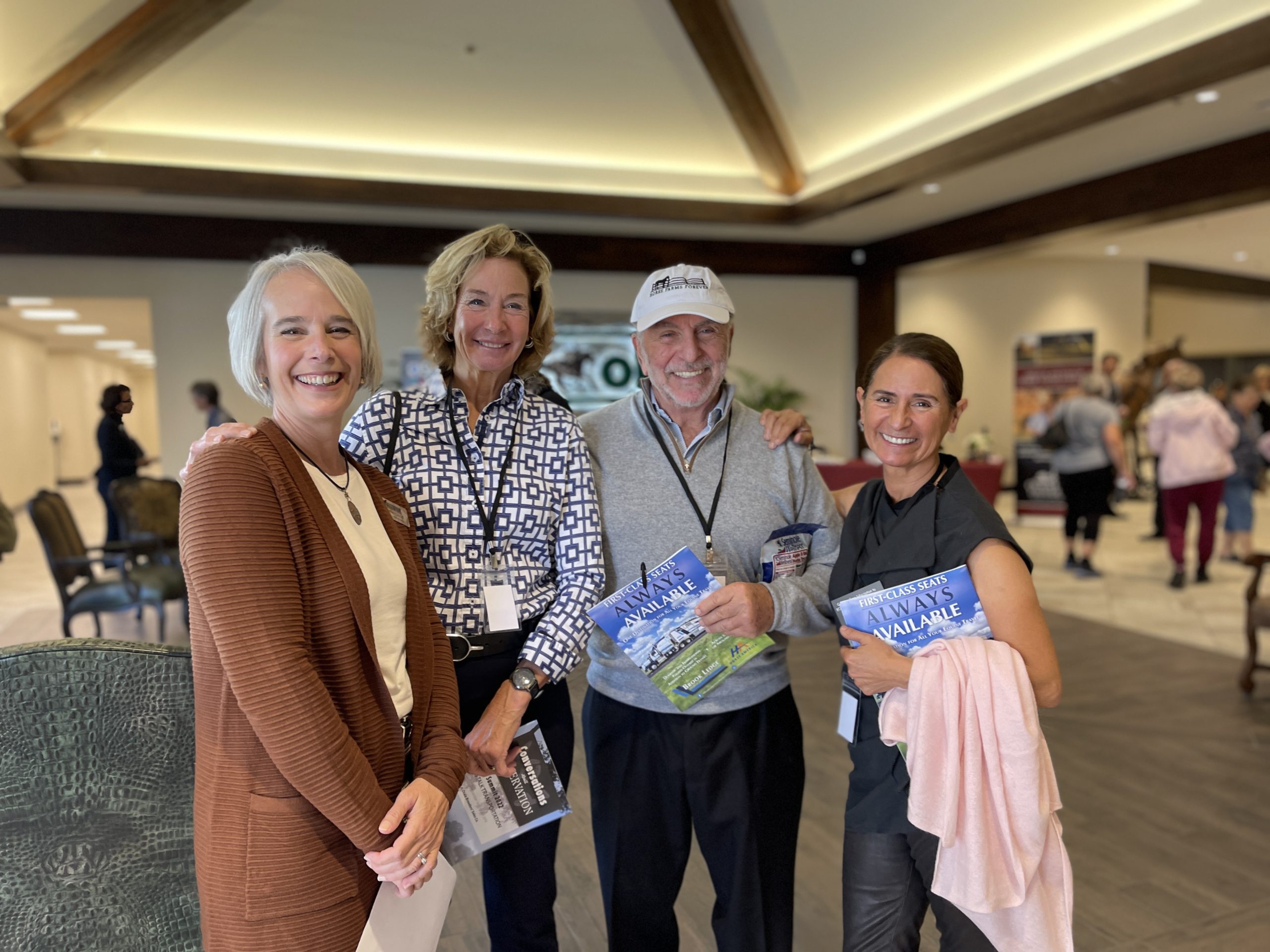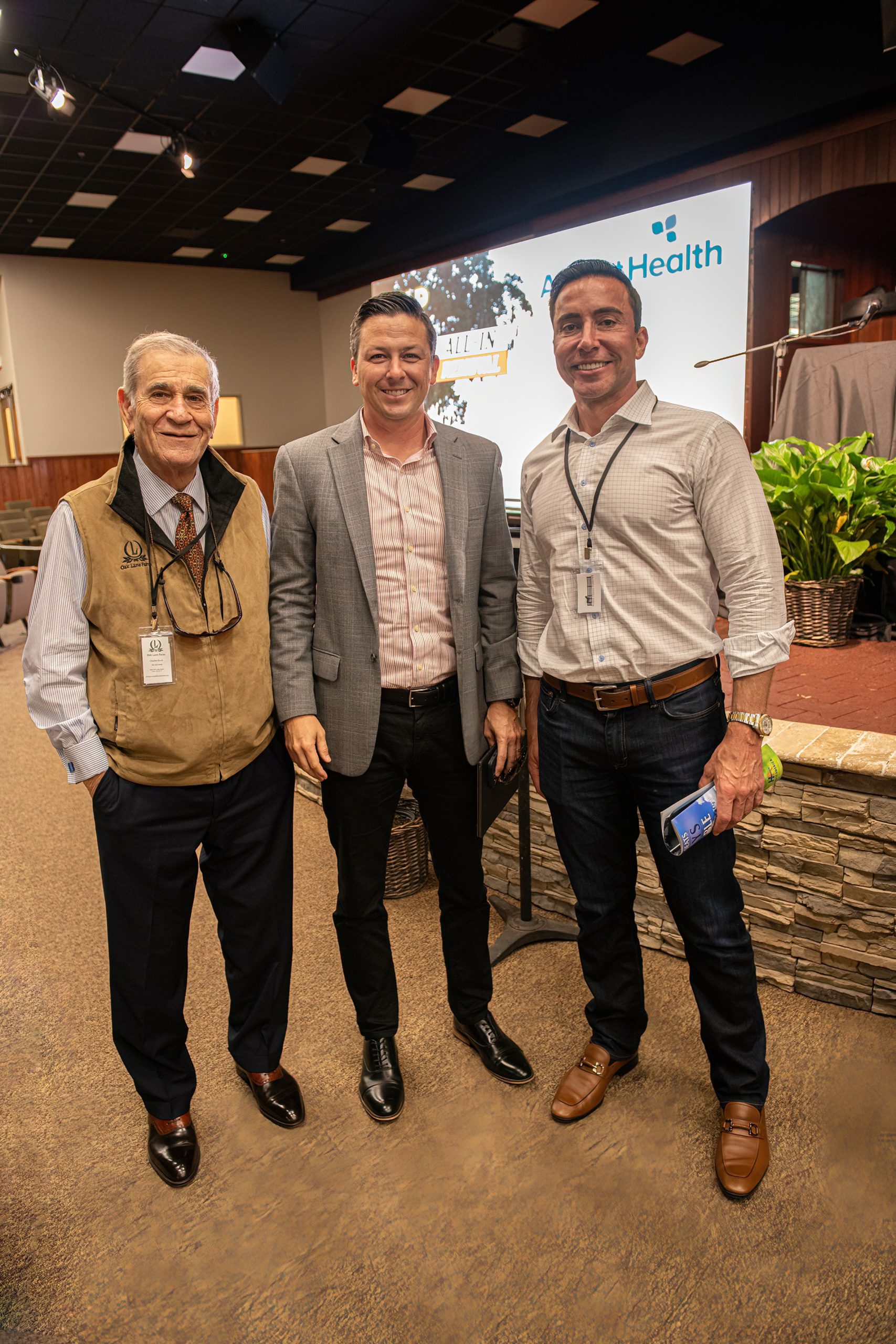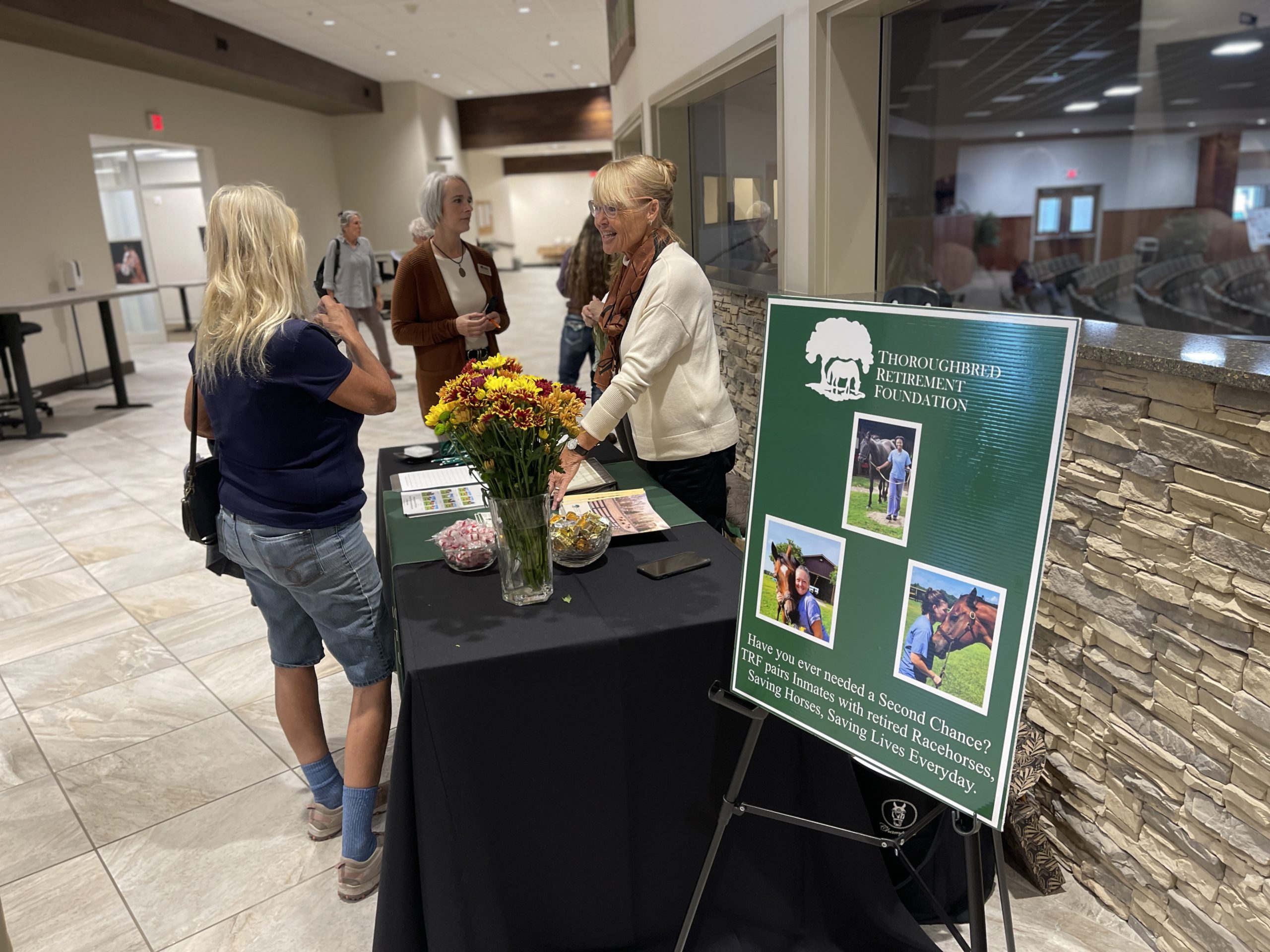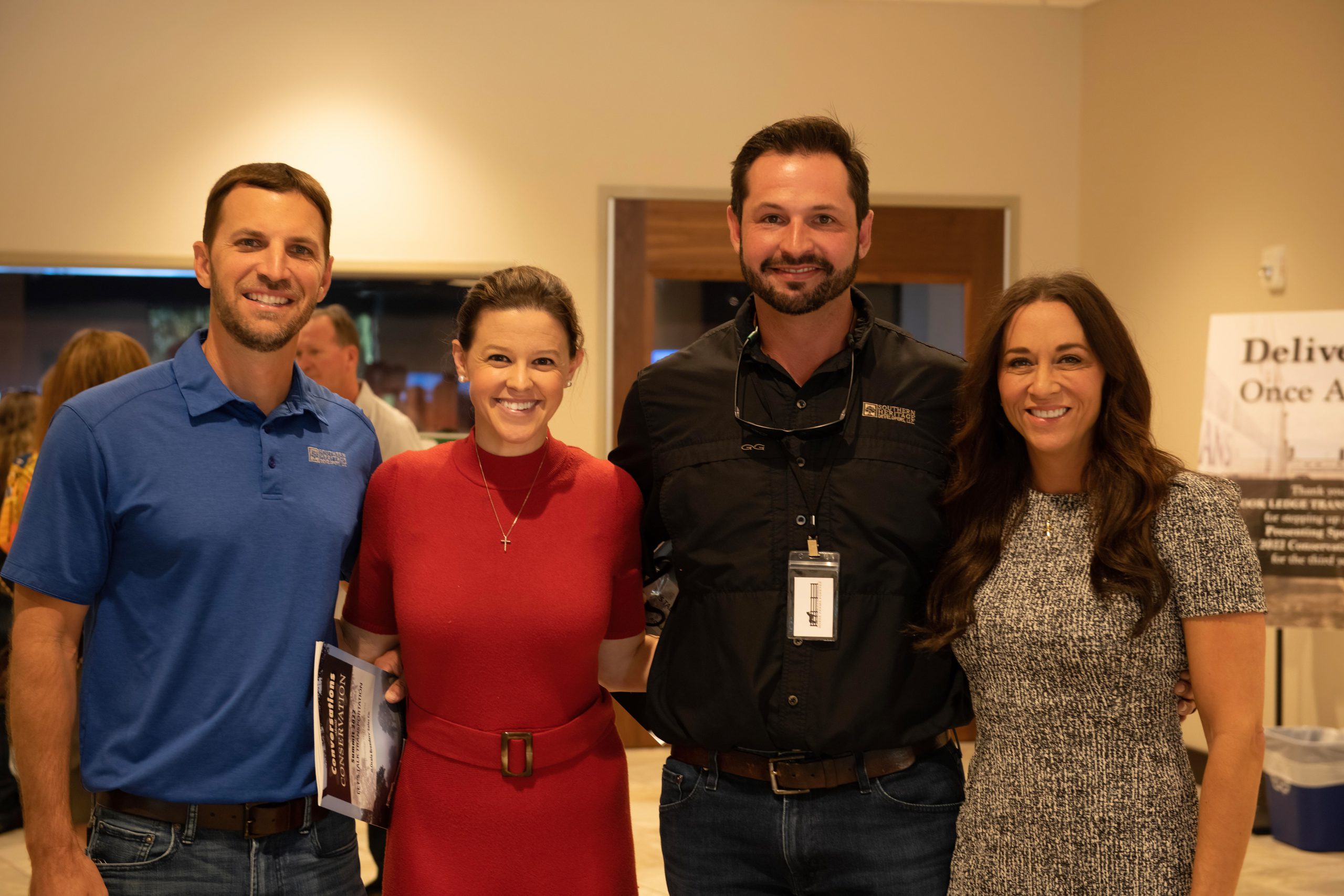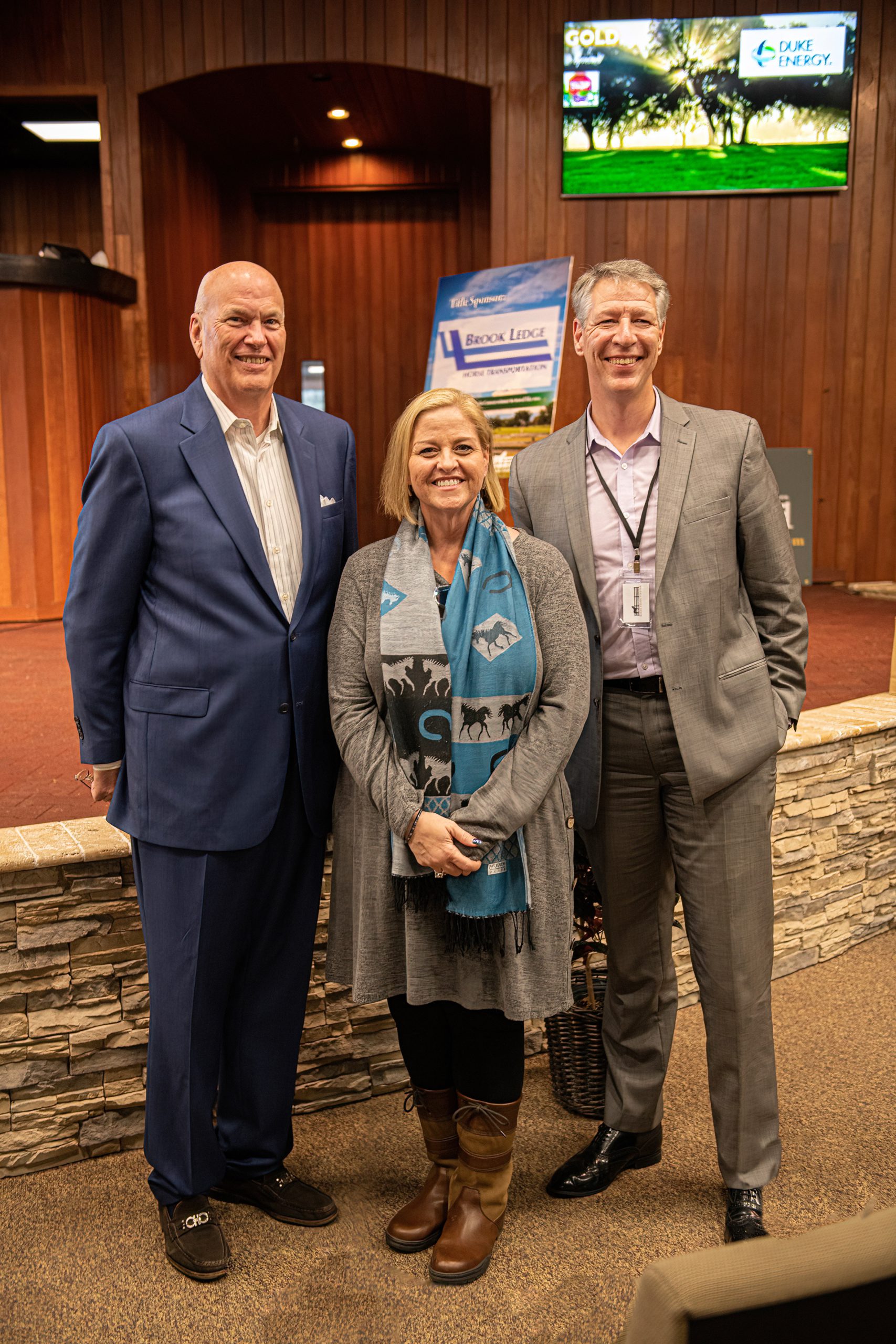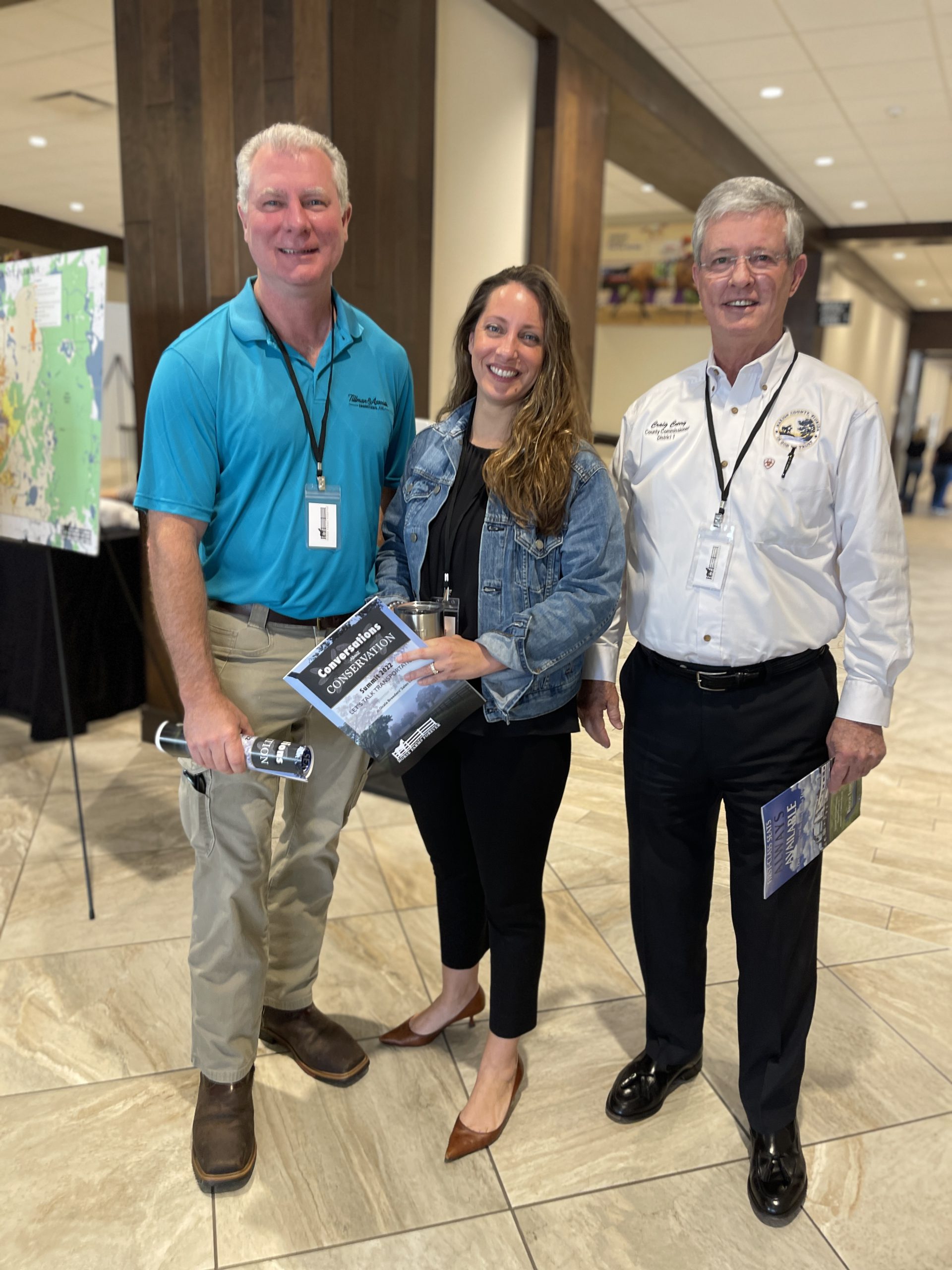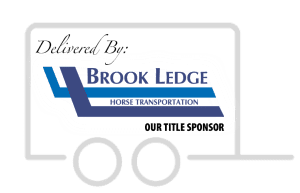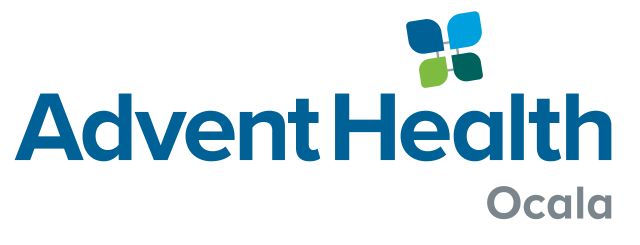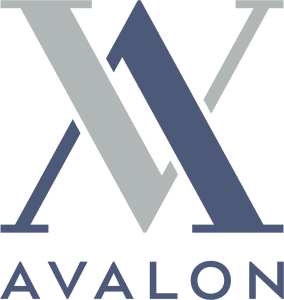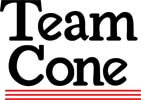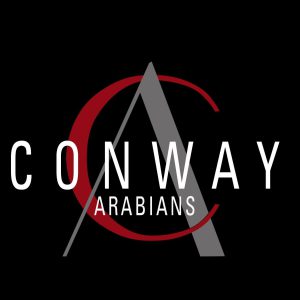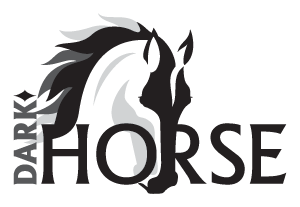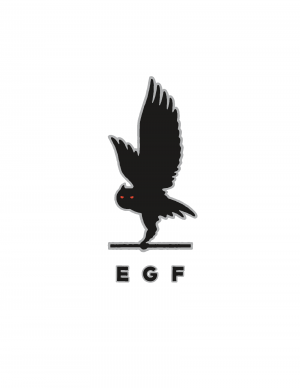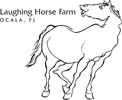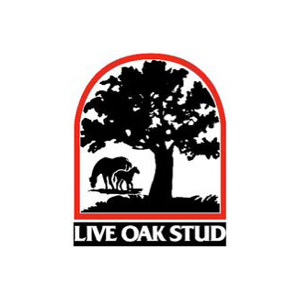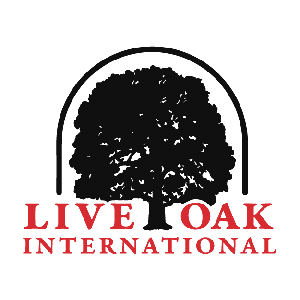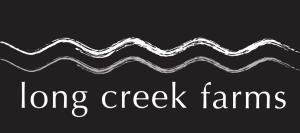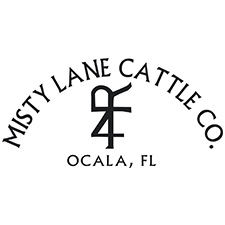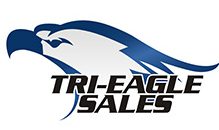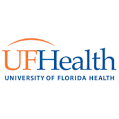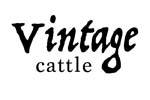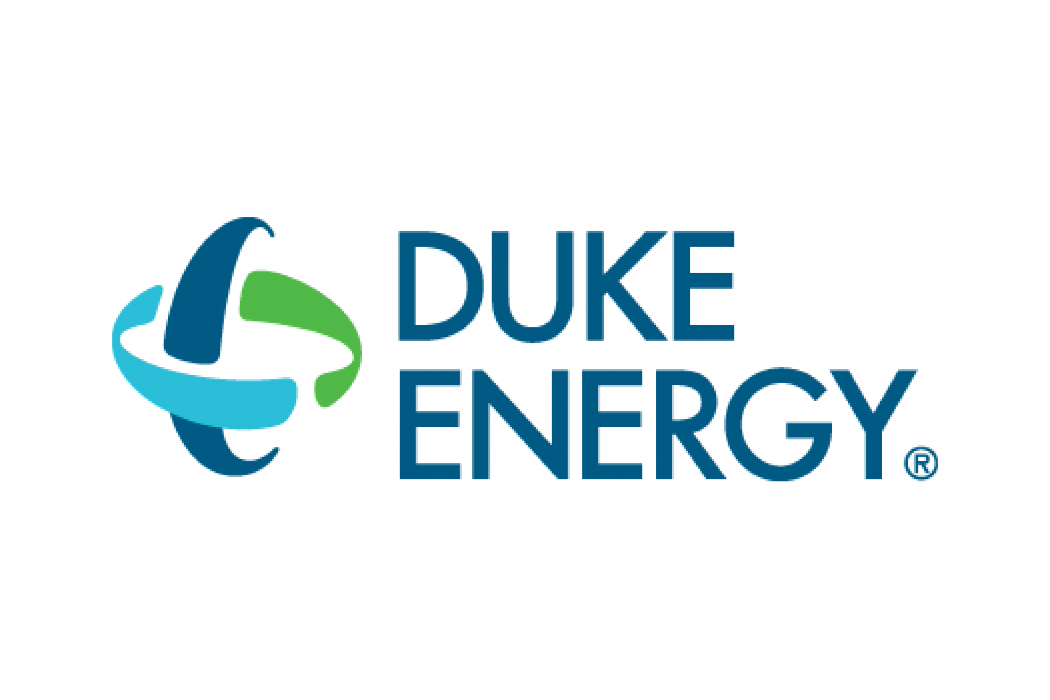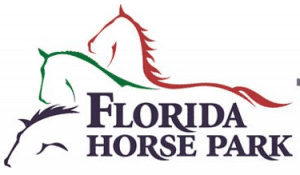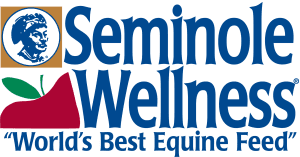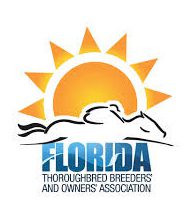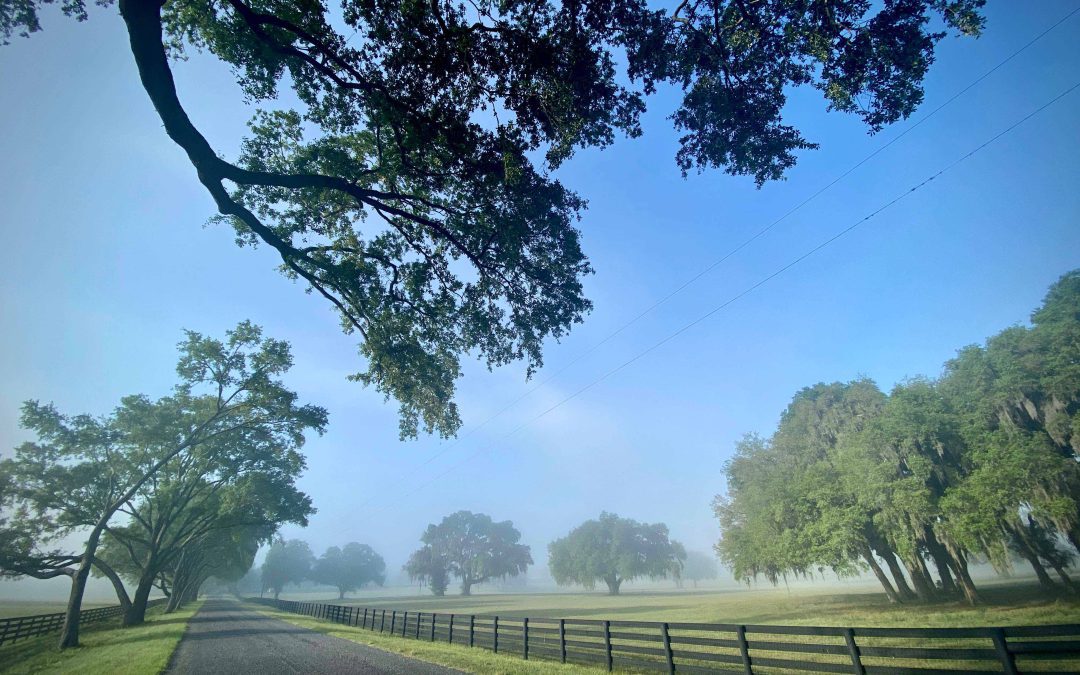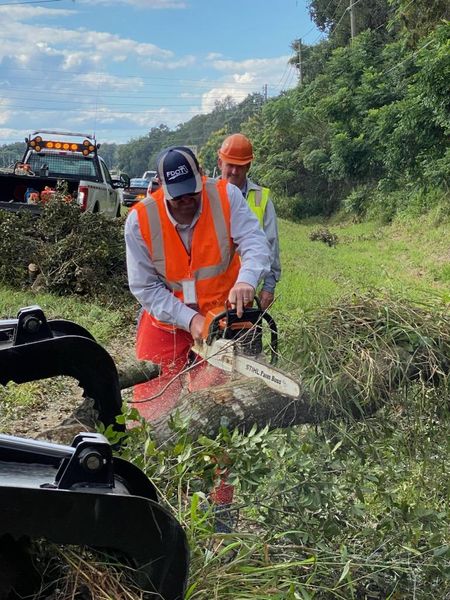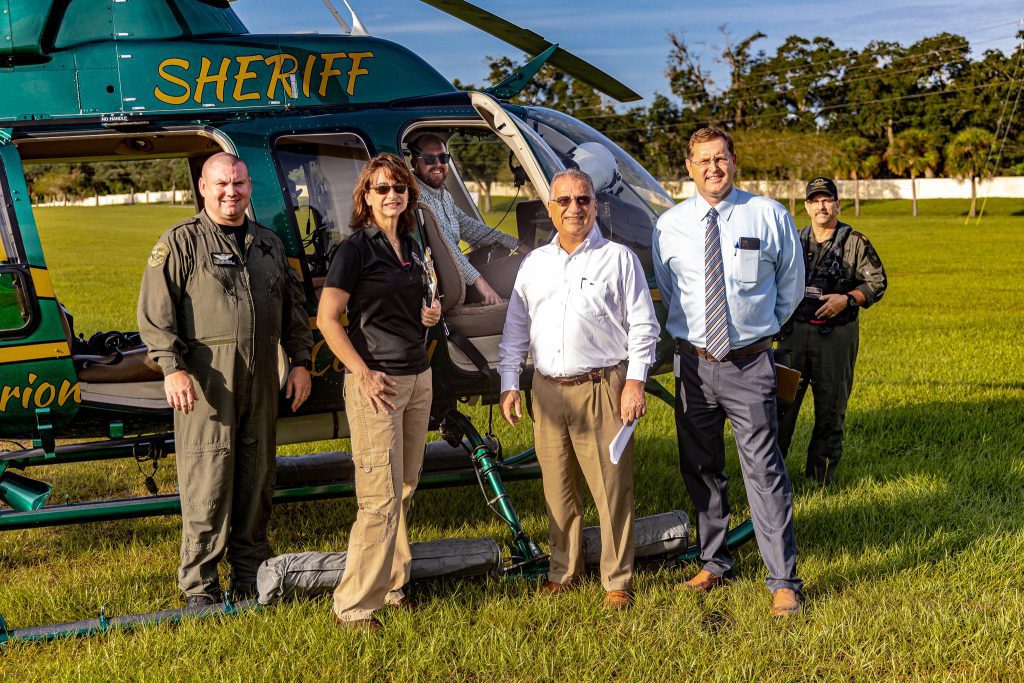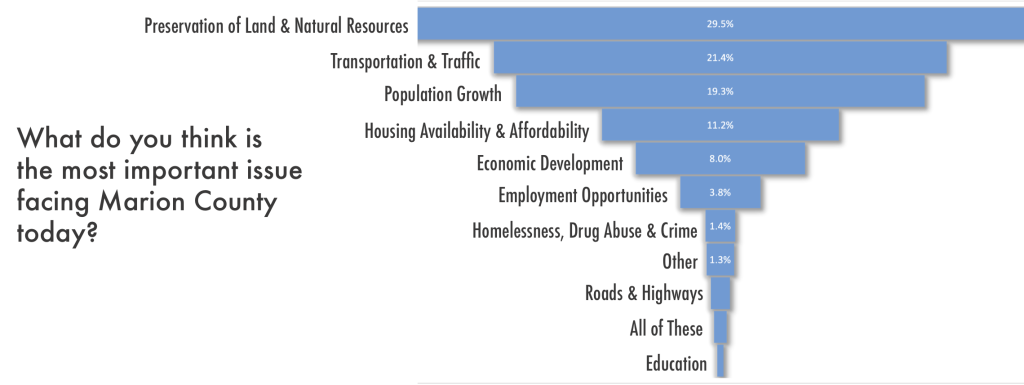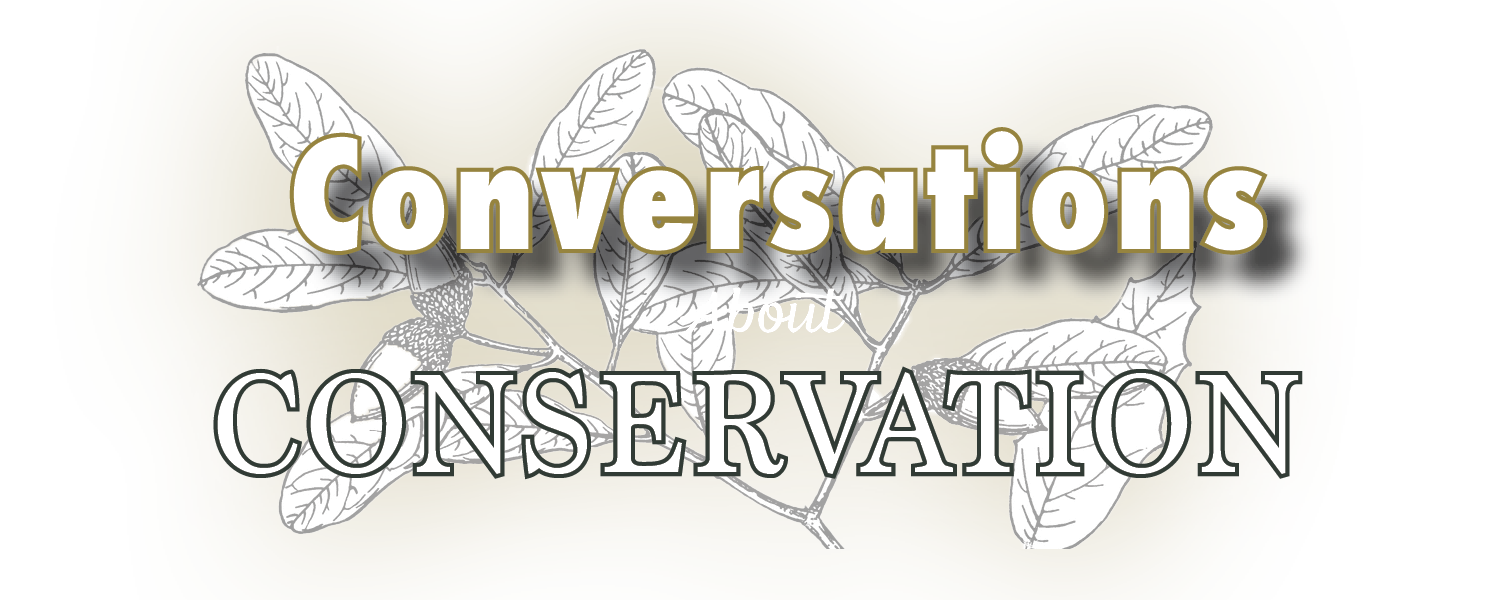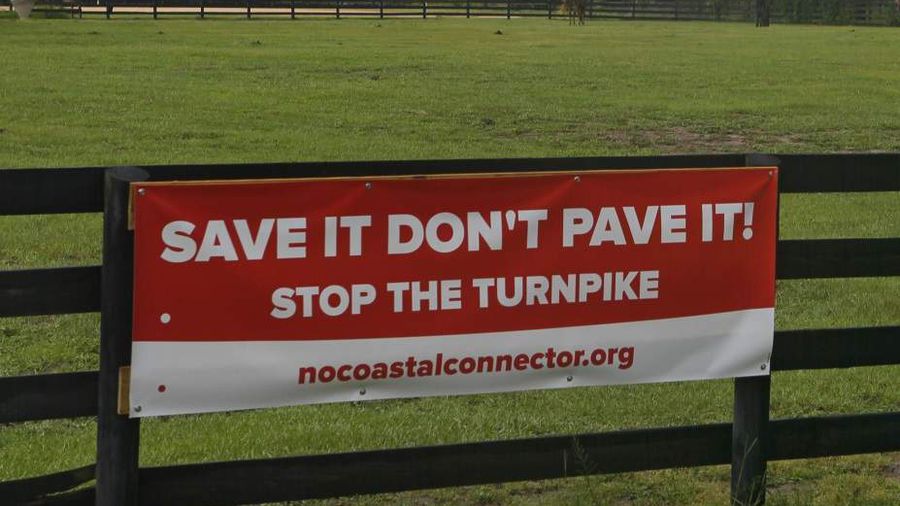
Signs of Change
Signs of Protest
Who remembers the “Save It, Don’t Pave It” signs from 2018 that were all over Marion County when the Florida Department of Transportation was proposing a toll road through the Farmland Preservation Area? Those signs did a lot to raise awareness that organized citizens to stop the coastal connector and led to the birth of Horse Farms Forever.
Signs of Unity
Now you may have noticed that since then those signs have been replaced by Horse Farms Forever signs on fences all over the county. These signs are given to our members who choose to display them on the fences of their farms and businesses. They send an important message from our members to all who live here and to those just passing through:
- HFF Members care about our horse farms.
- They want horses and horse farms to continue to characterize Marion County forever.
- Marion County has a watchdog organization (HFF) to help guide its growth in a direction that protects its open spaces.
- Our members are proud to be a part of that mission.
- Our members are numerous!
Much like the “neighborhood watch” signs that you see on our streets for crime prevention, the Horse Farms Forever signs make it clear that farm owners and equestrians all over the county, and particularly in the Farmland Preservation Area, are engaged in the conversation about conservation. These signs signal shared values and commitment to what makes Marion County unique and defines our quality of life. They invite your neighbors to ask questions, which gives you as a member the opportunity to help spread the word about preserving our open spaces and beautiful places in a natural and neighborly way.
Sign Up!
If you are a member at the $100 level or more and don’t have a fence sign, we welcome you to request one. A volunteer will reach out to you to set up the installation. The simple statement of a sign on your fence, added in with all the other fence signs out there around the County, sends a strong message without saying a word. We hope you’ll take us up on the offer.
Not Yet A Member?
Join us! You can request a Fence Sign on your membership form.
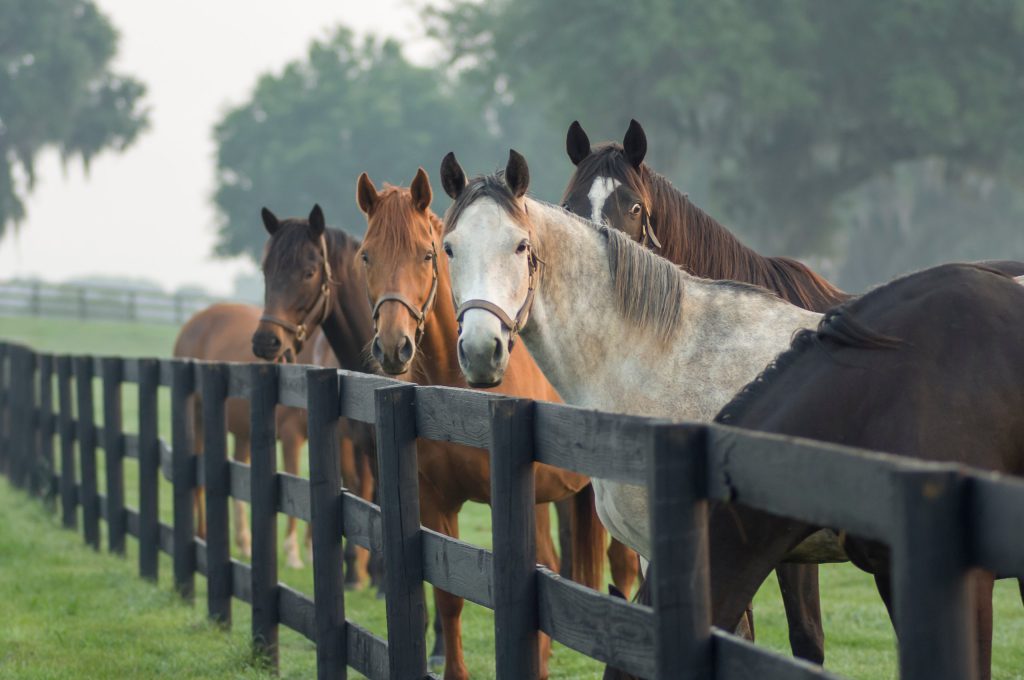
It is the vision and mission of Horse Farms Forever to inspire conservation of horse farms through education, awareness and idea exchange so as to preserve natural pasture land focusing on horses and their habitats, to protect soil and water on which they depend, and minimize land use conflicts
in Marion County, Florida.
We are watchful of government and others to preserve and protect horse farms and farmland for future generations - especially in the Farmland Preservation Area. We are neither anti-growth nor anti-development; we encourage urban growth to remain inside the Urban Growth Boundary.
Horse Farms Forever® is a Florida not-for-profit corporation registered with the Florida Department of Agriculture and Consumer Services as a charitable organization and approved as a tax-exempt 501(c)(3) corporation by the Internal Revenue Service. Horse Farms Forever® does not have a political mission. Our status as a 501(c)(3) charitable organization does not allow us to participate or intervene in political activities. The organization will neither advocate on behalf of political candidates nor advocate for the passage of legislation.

